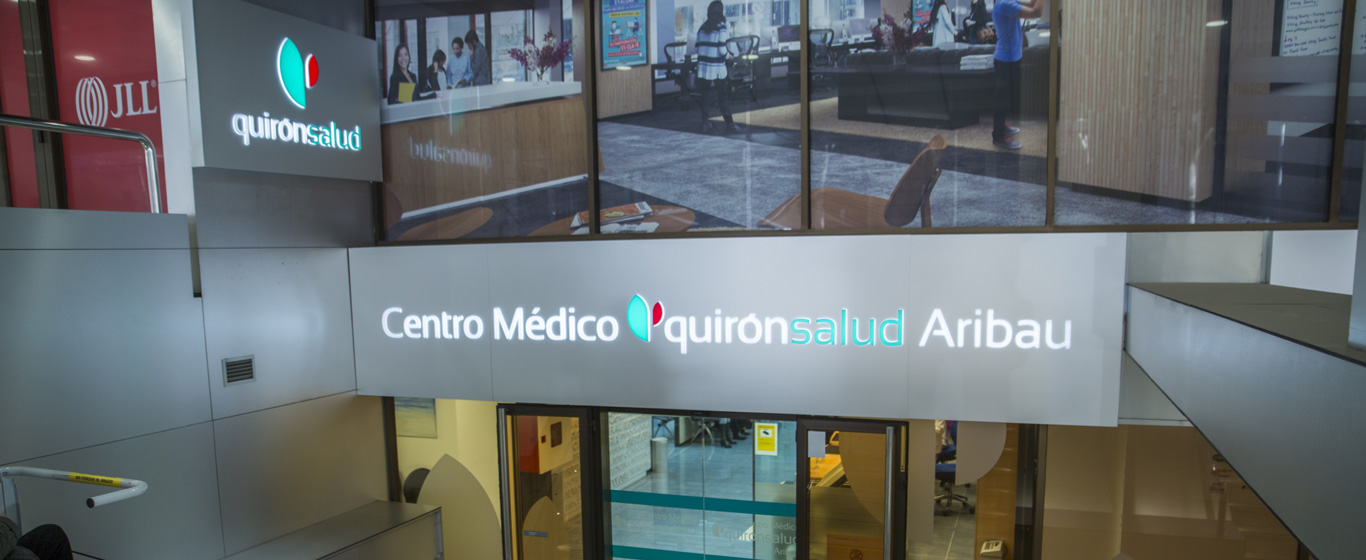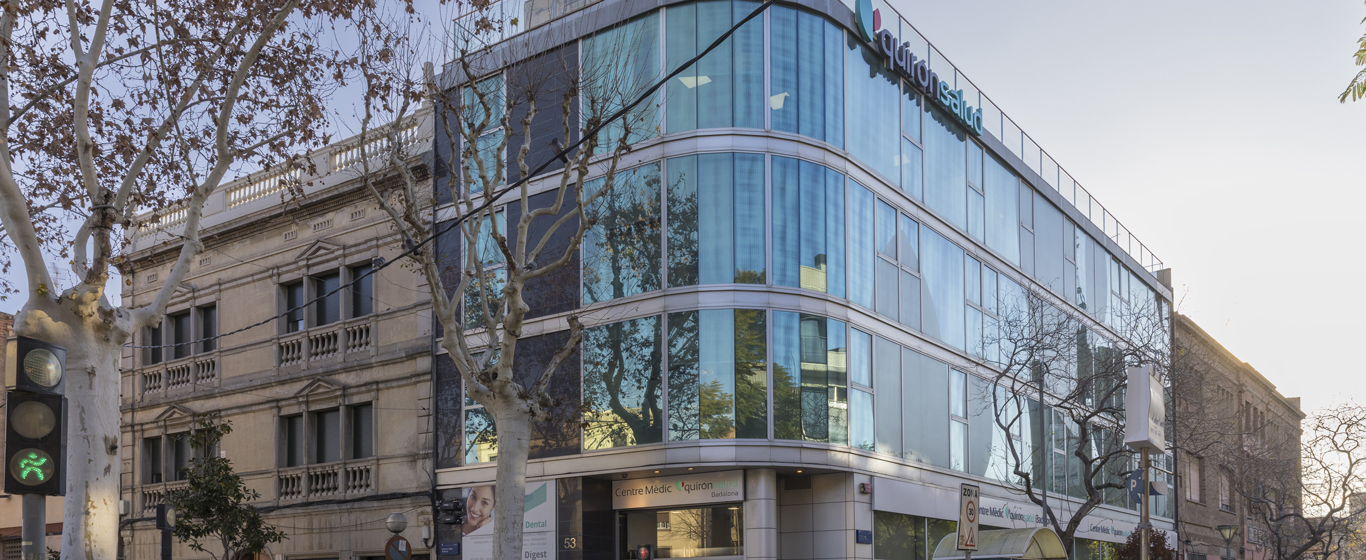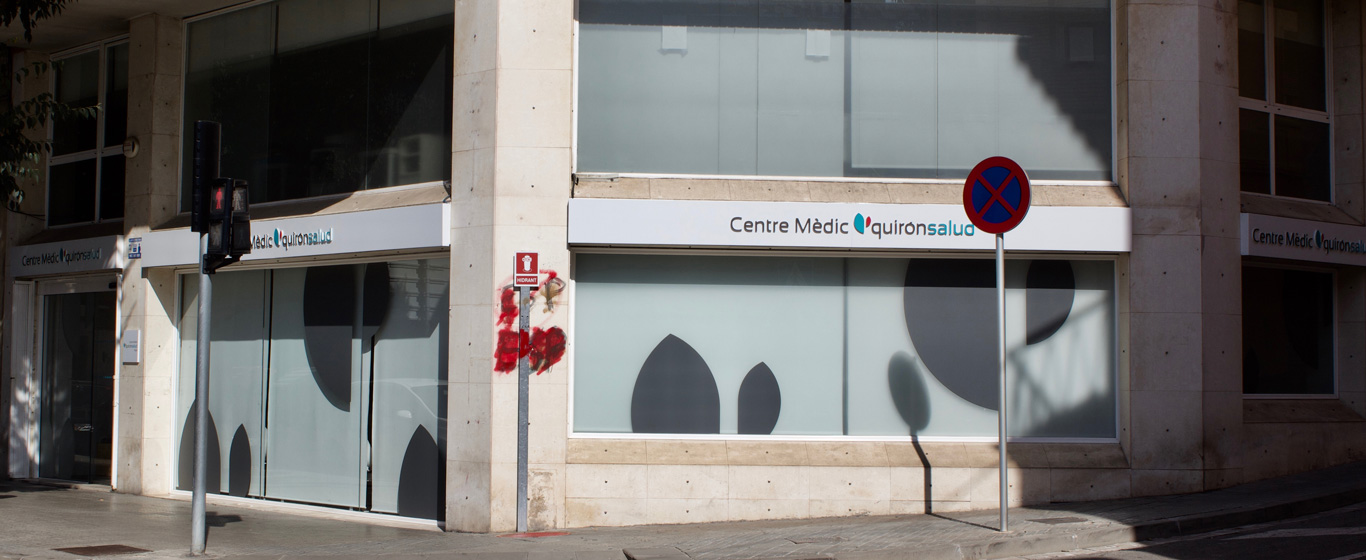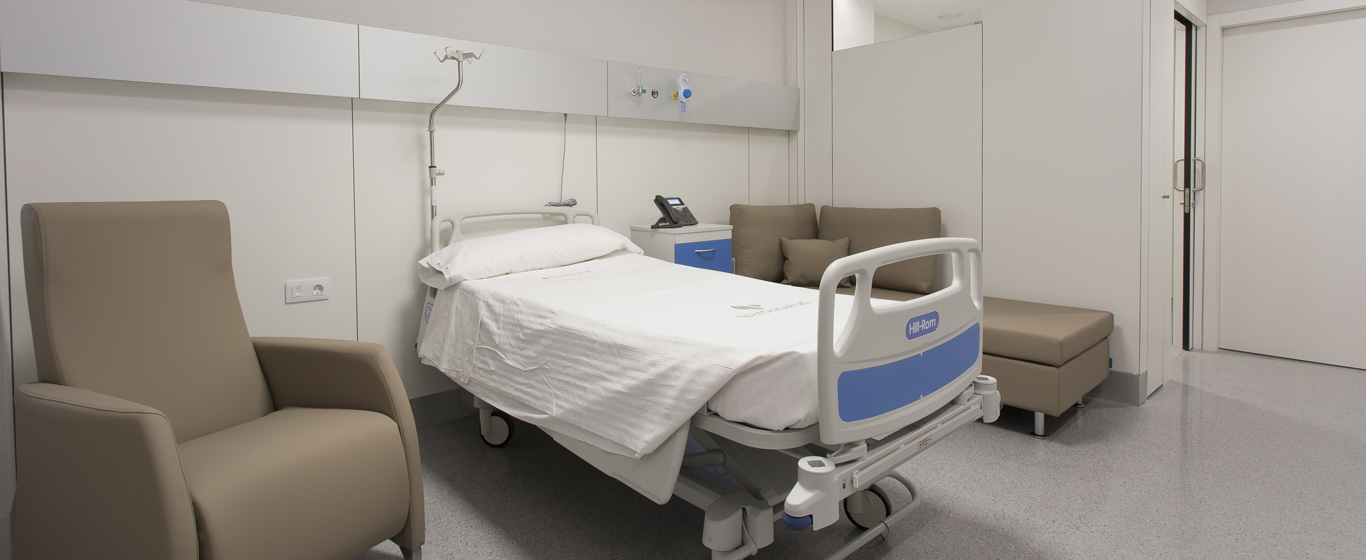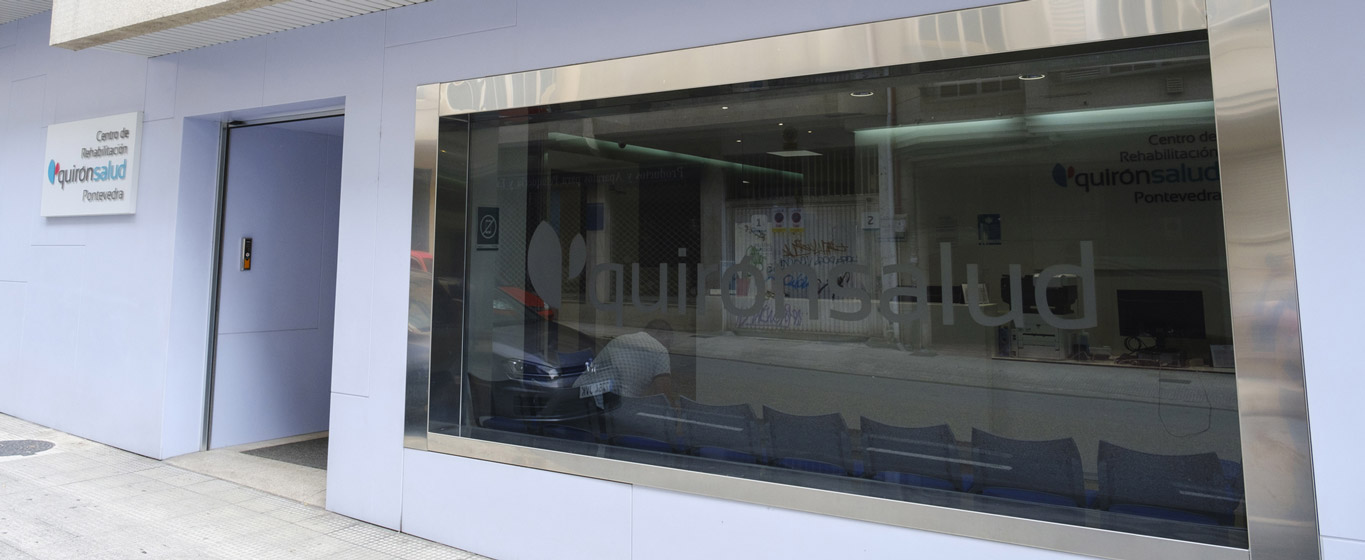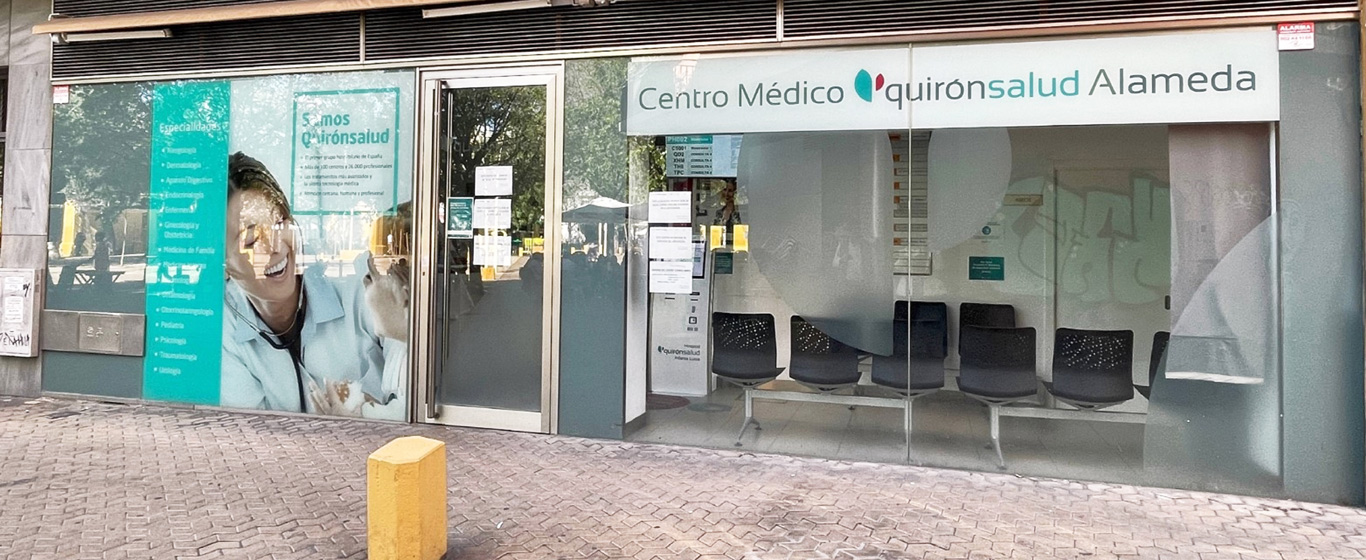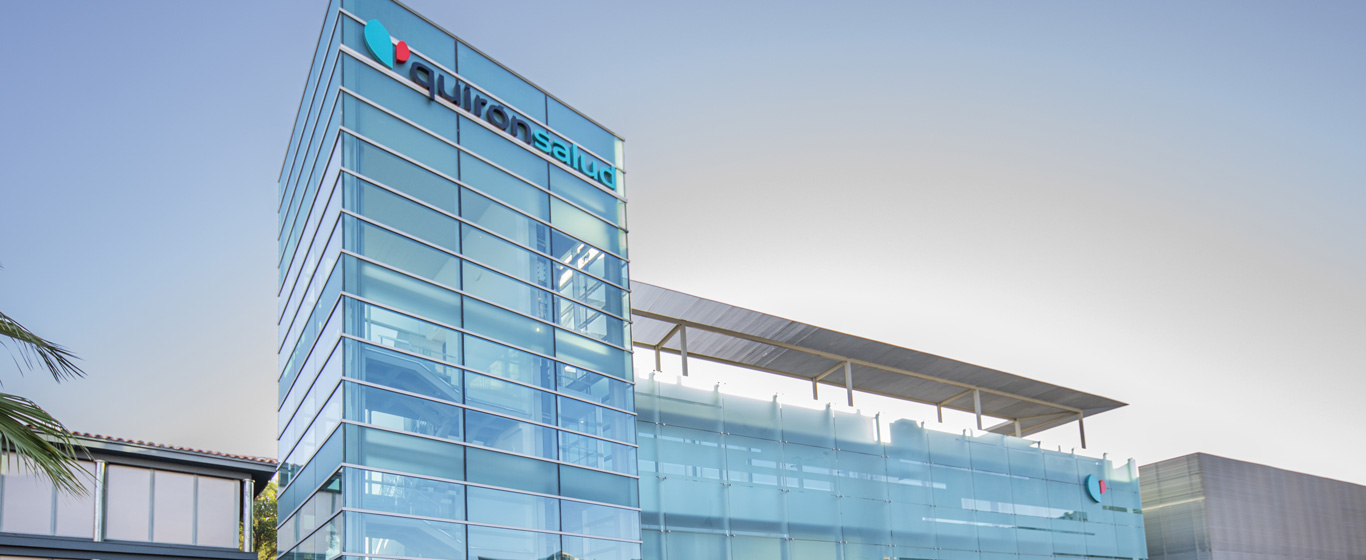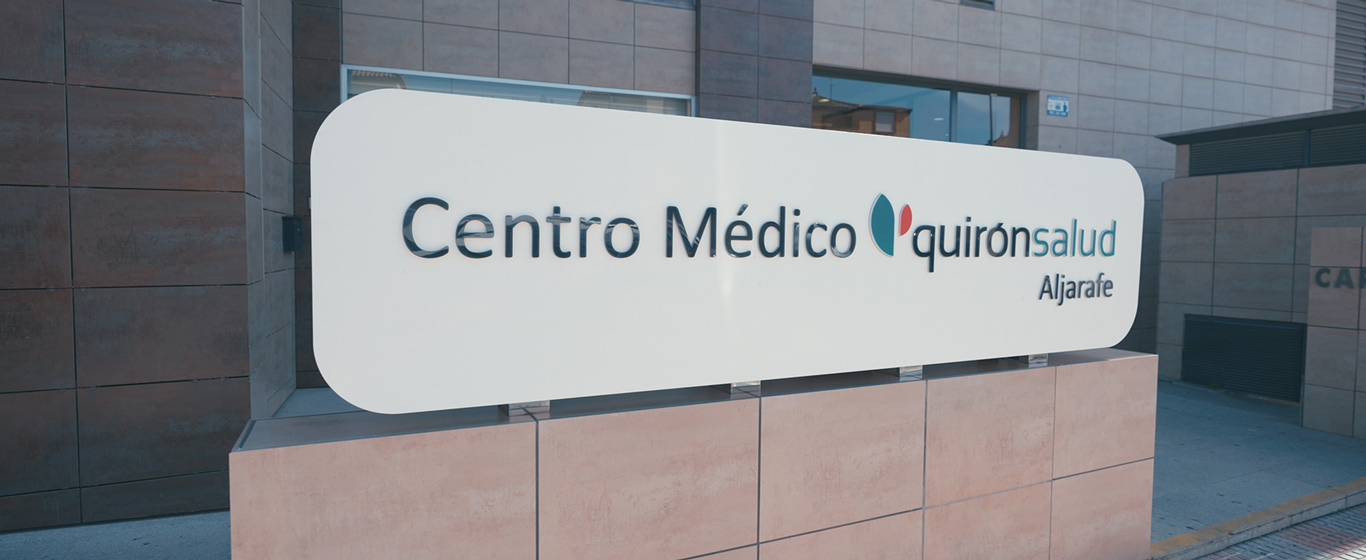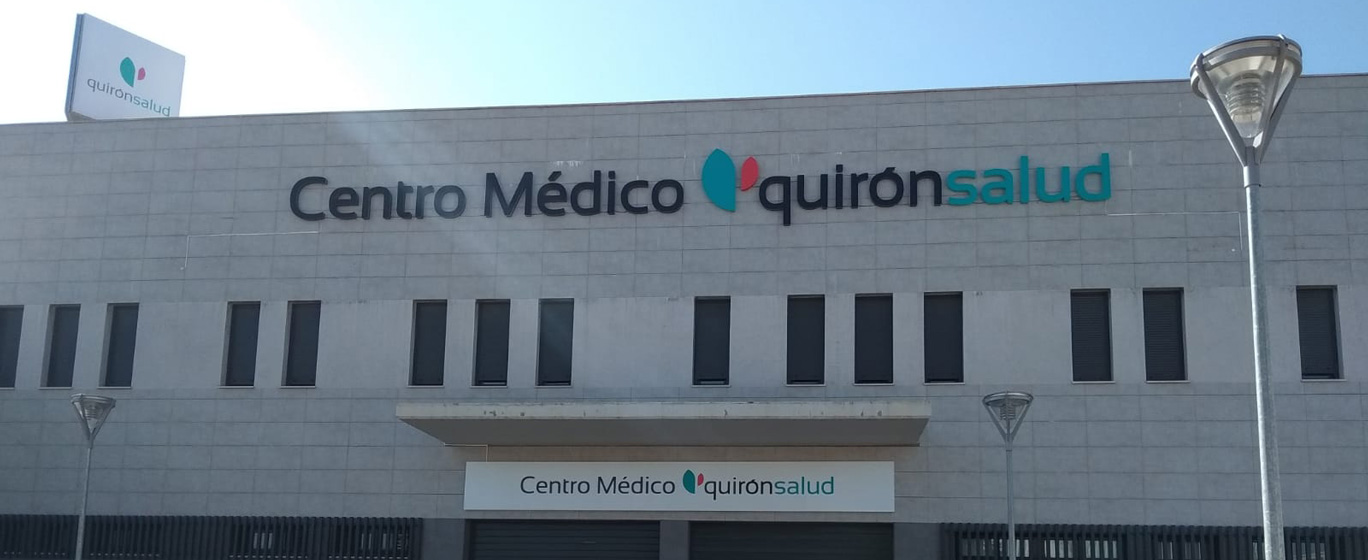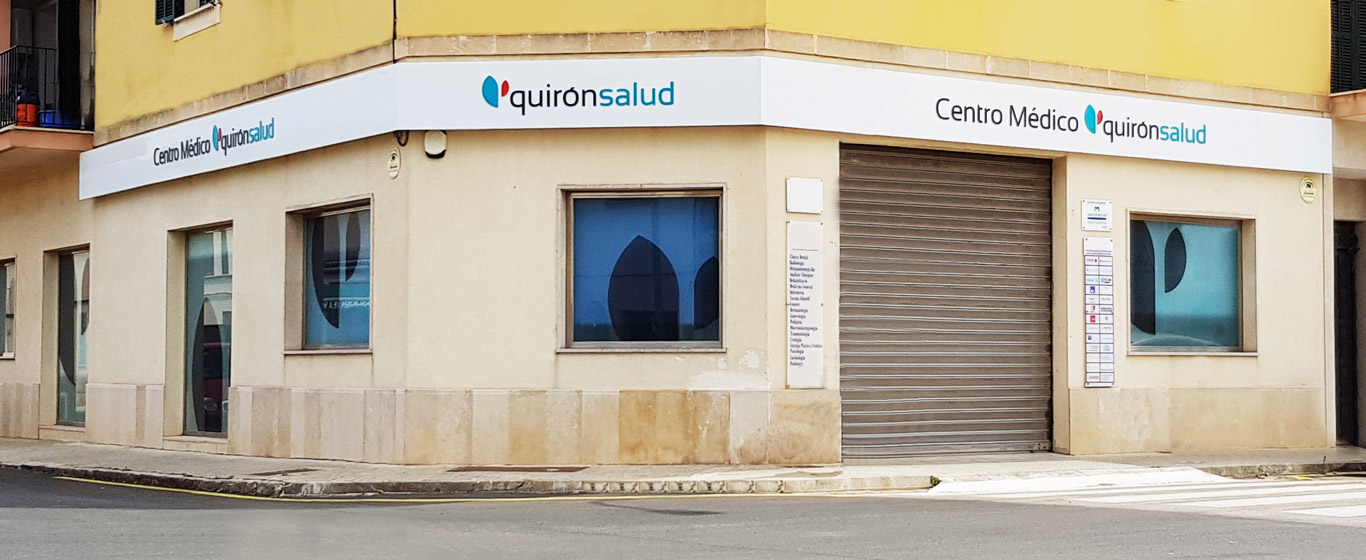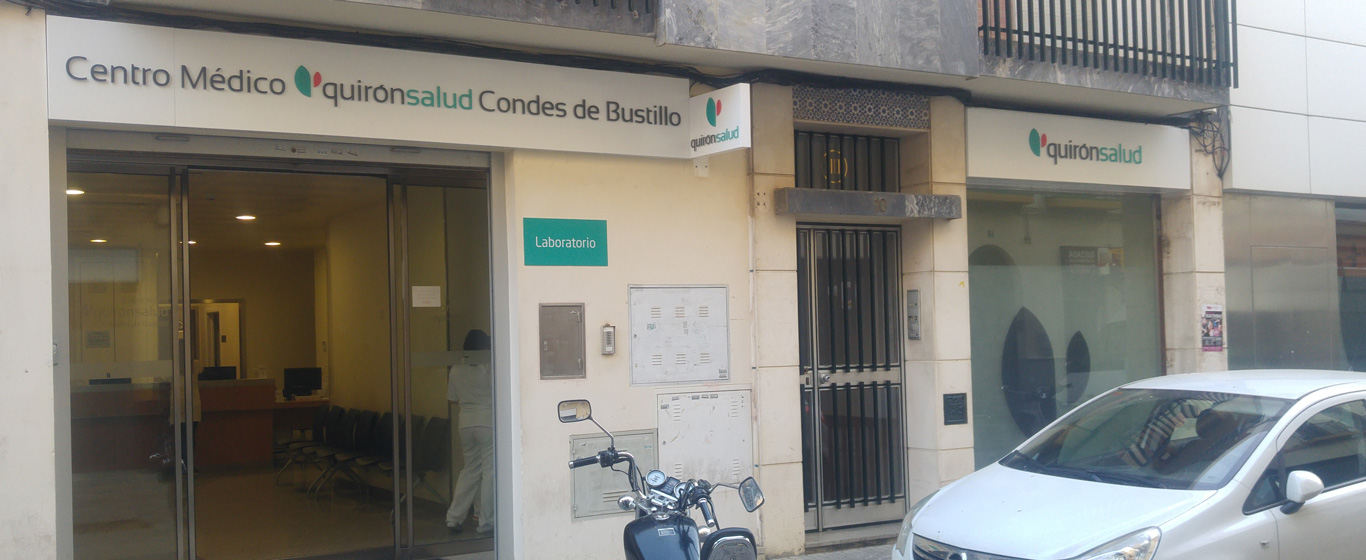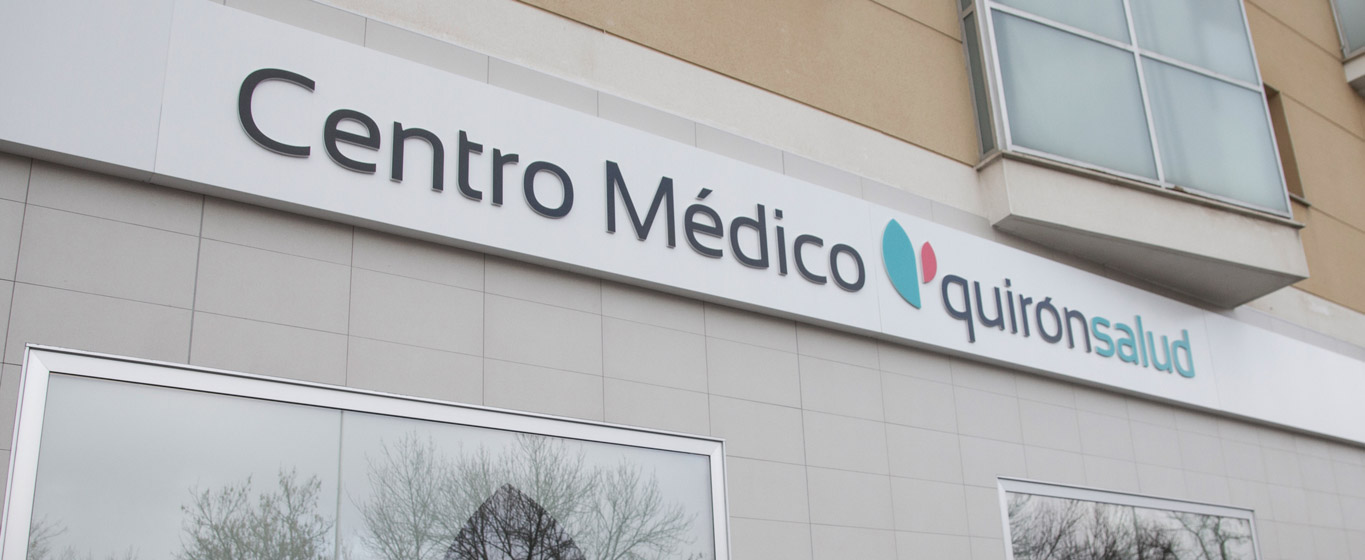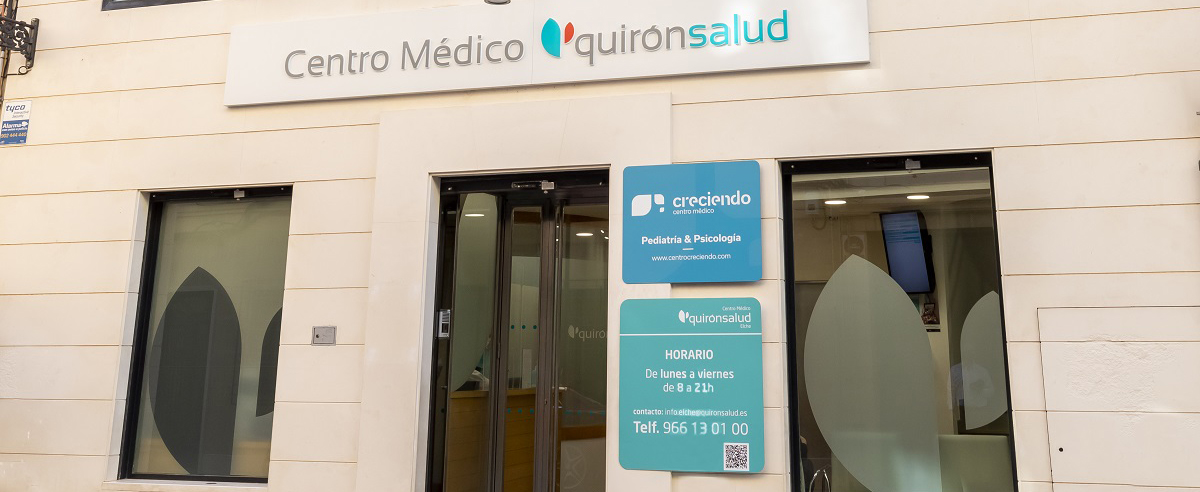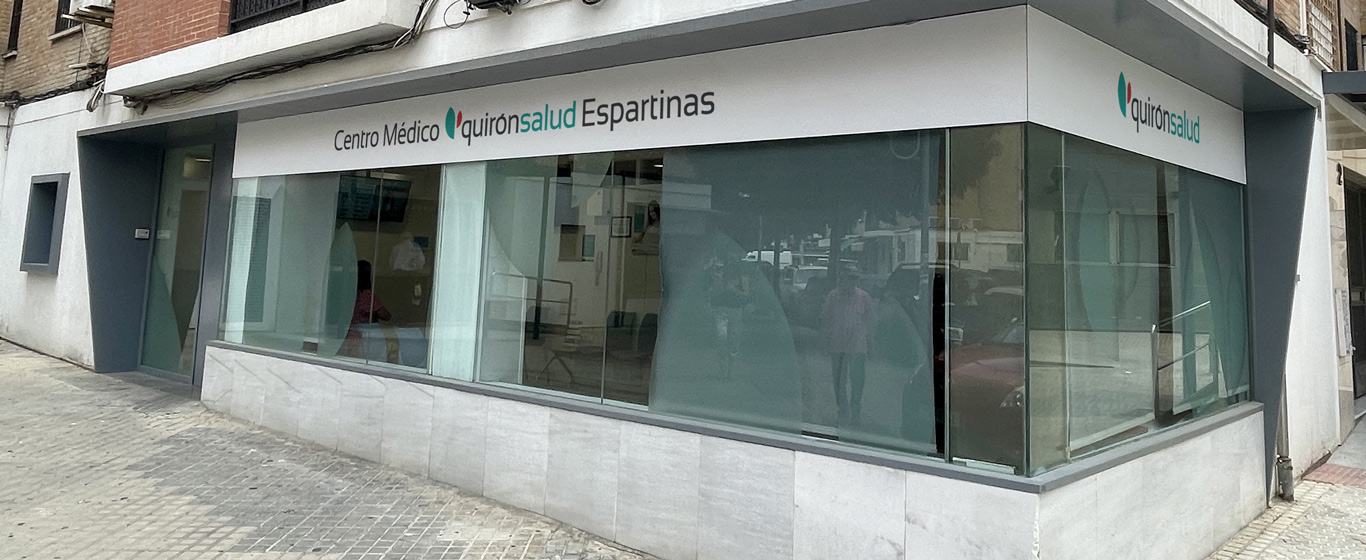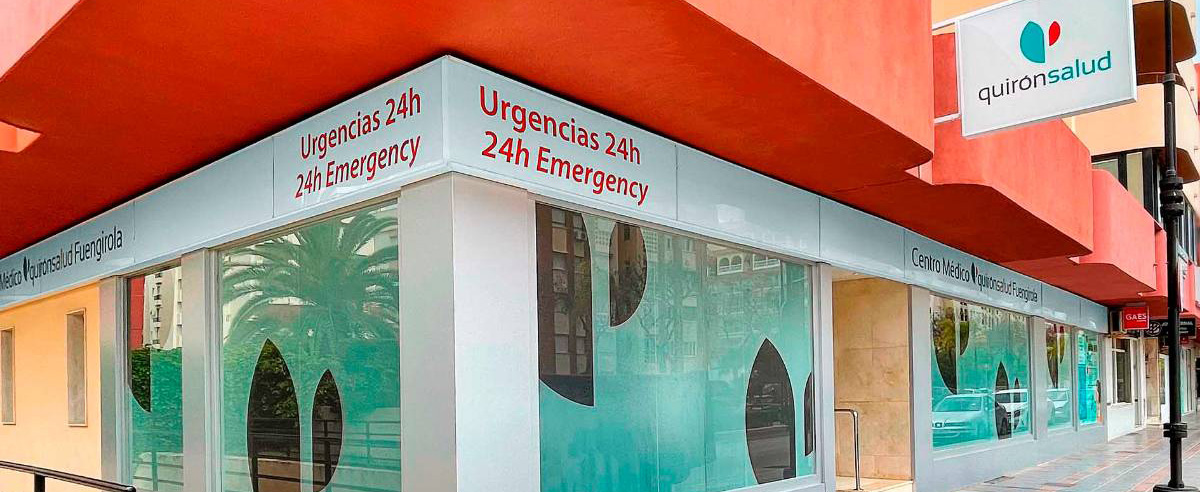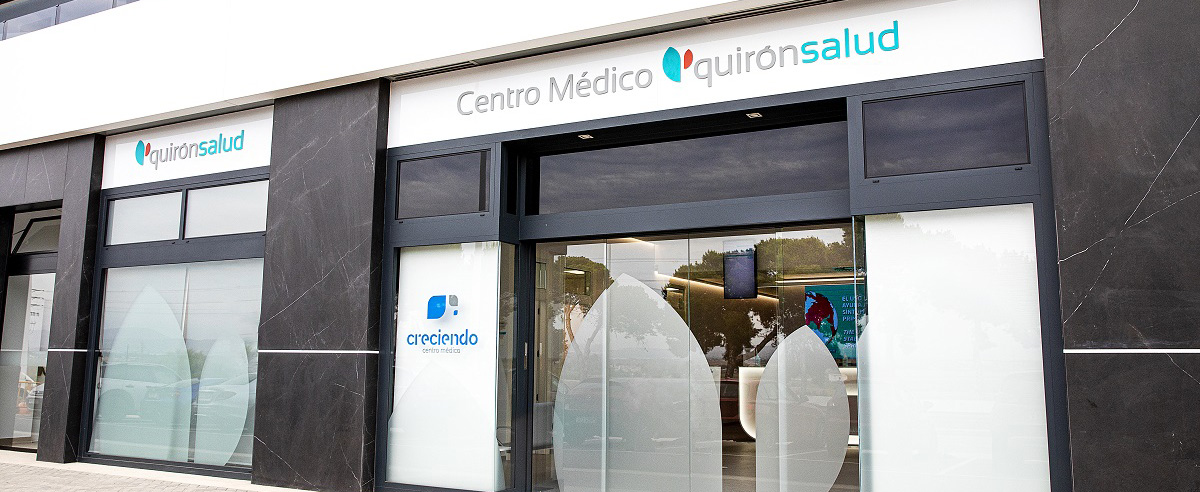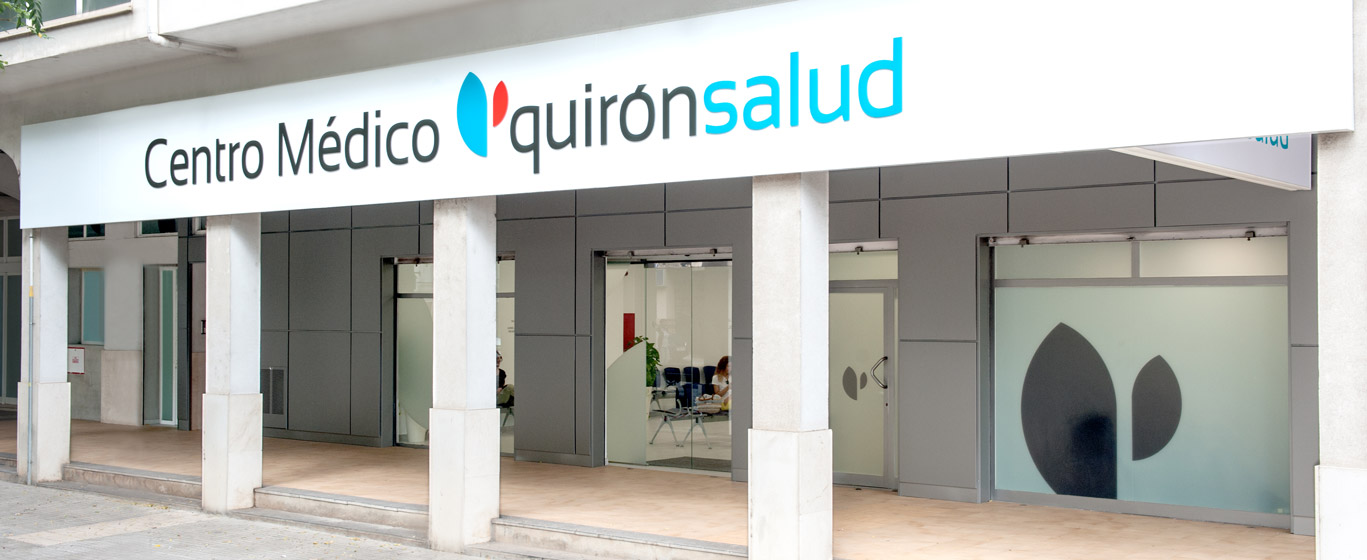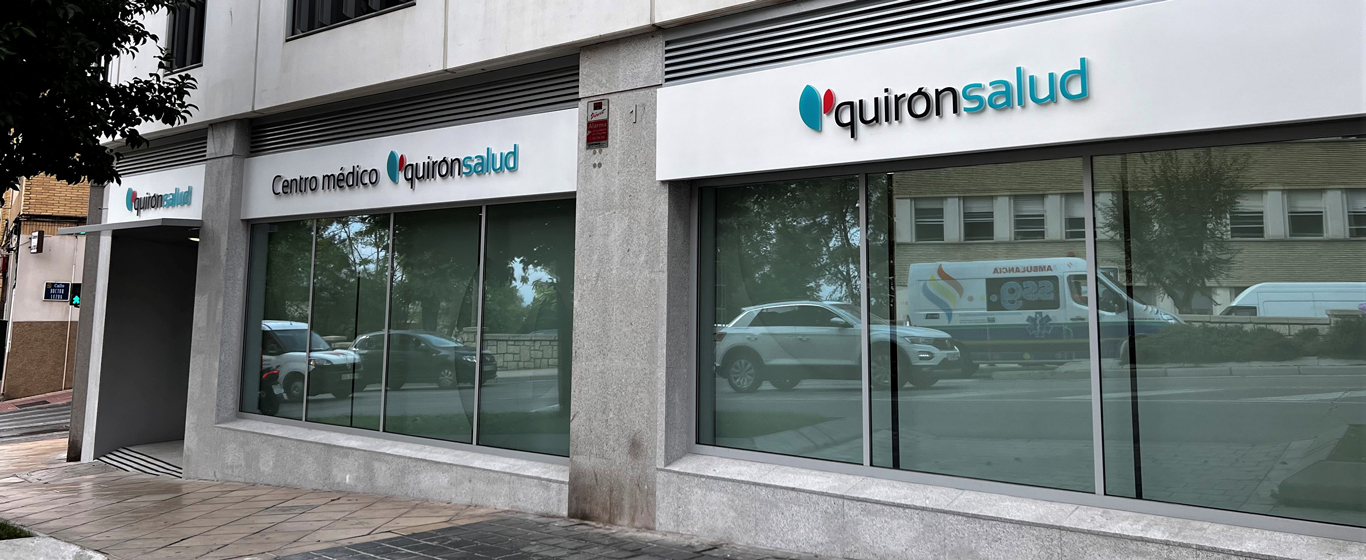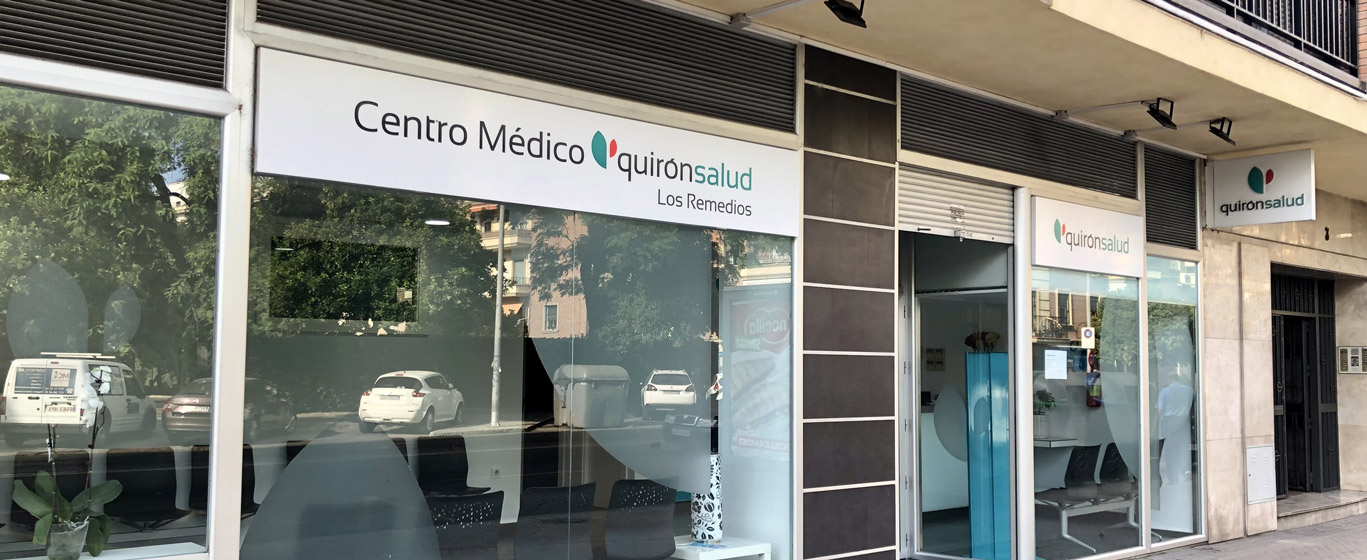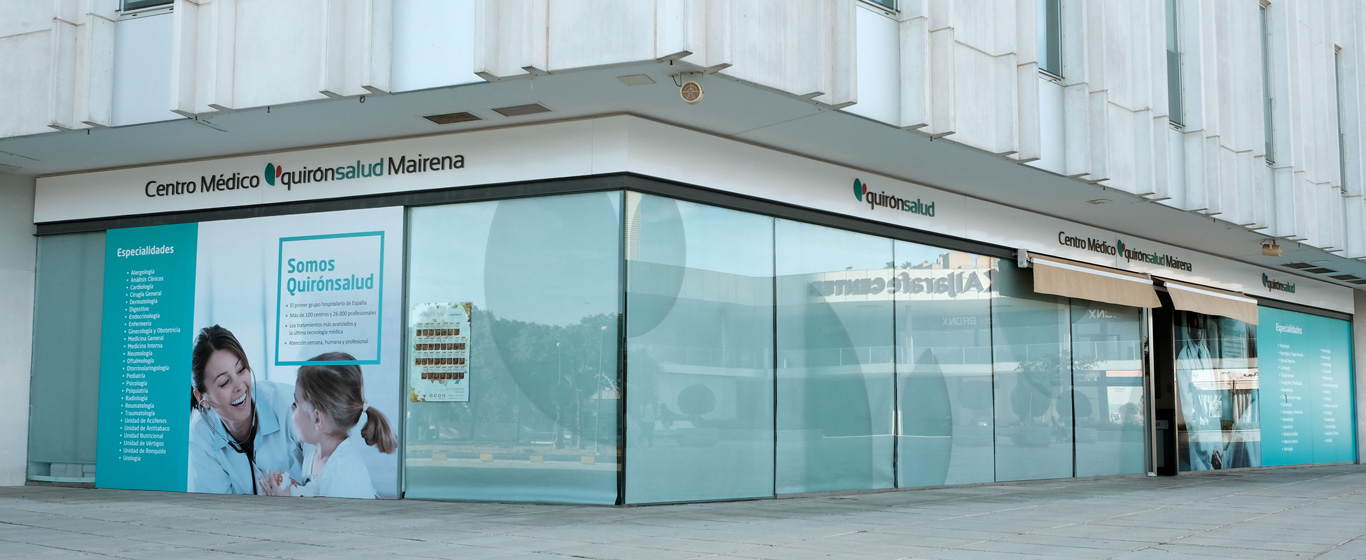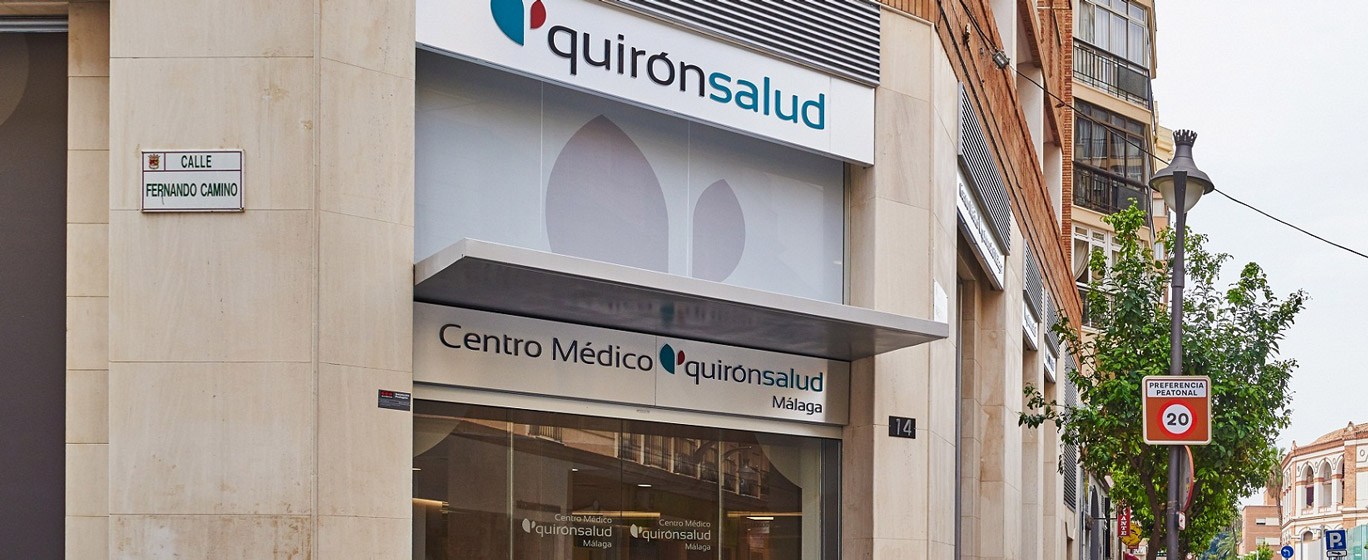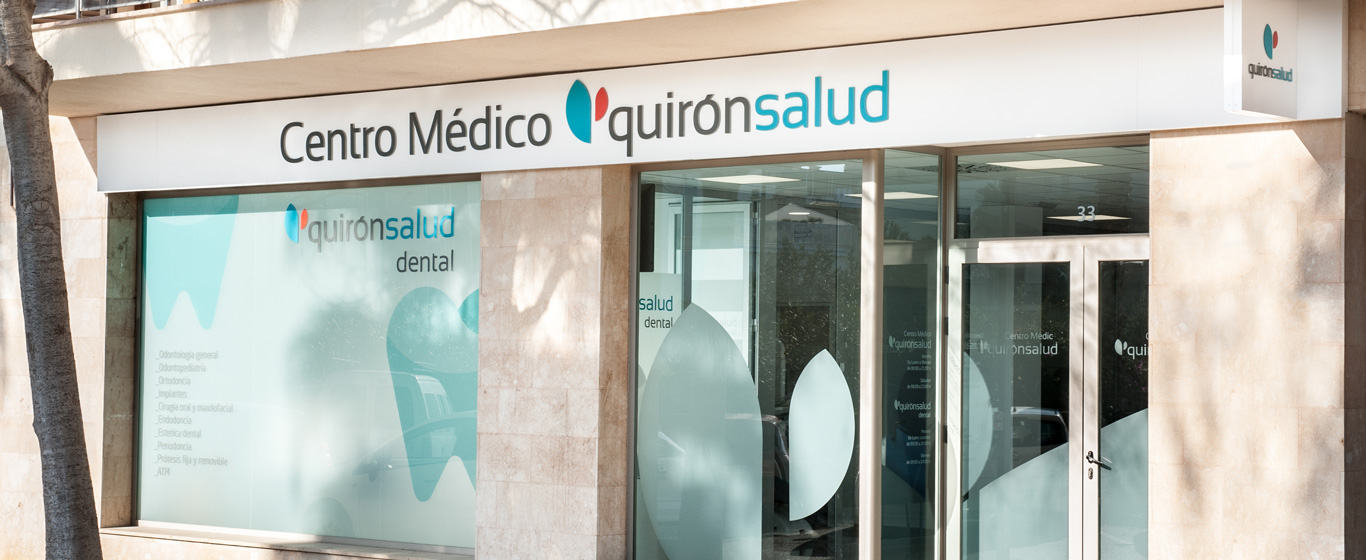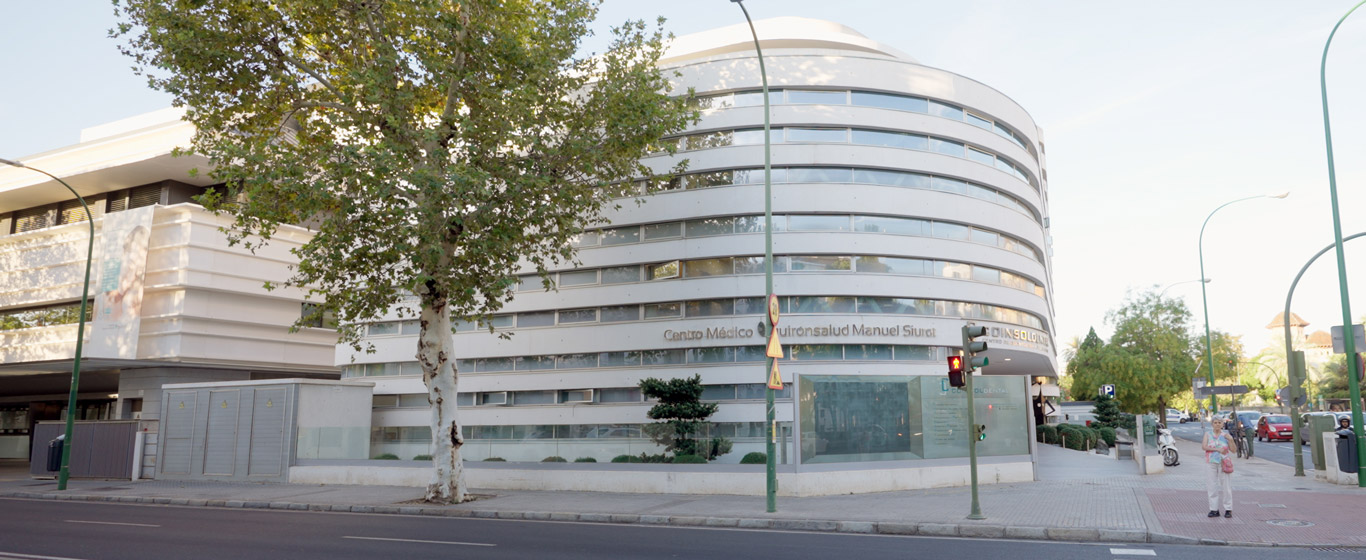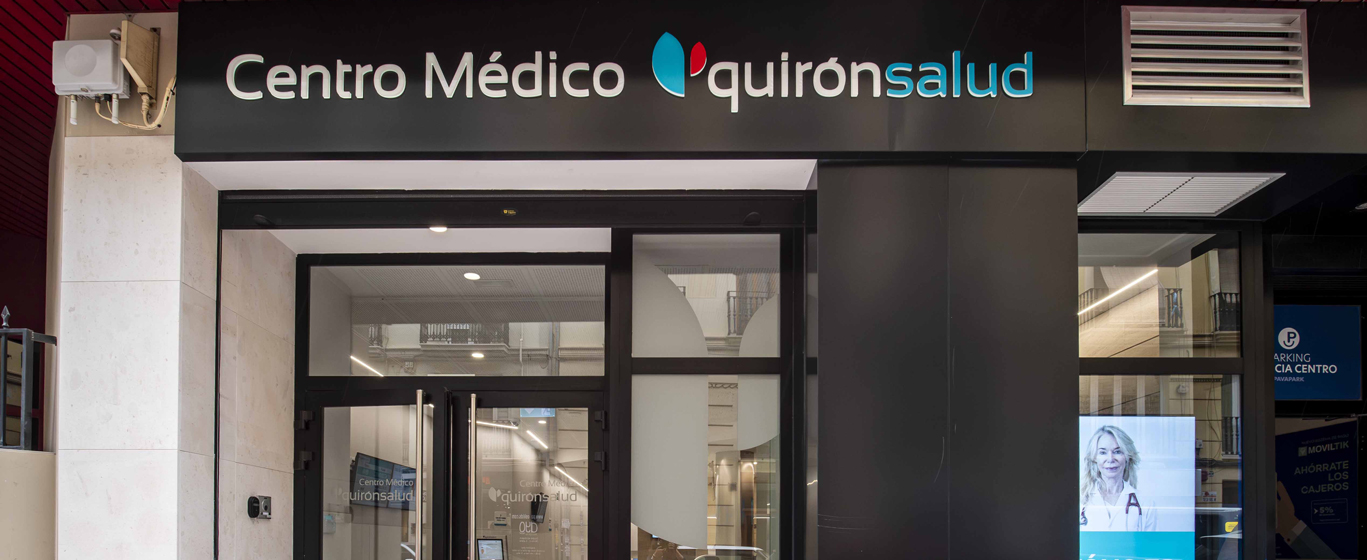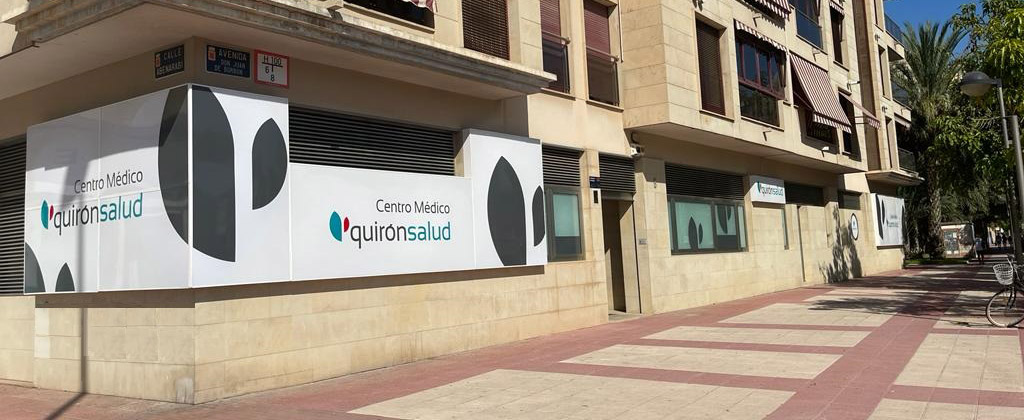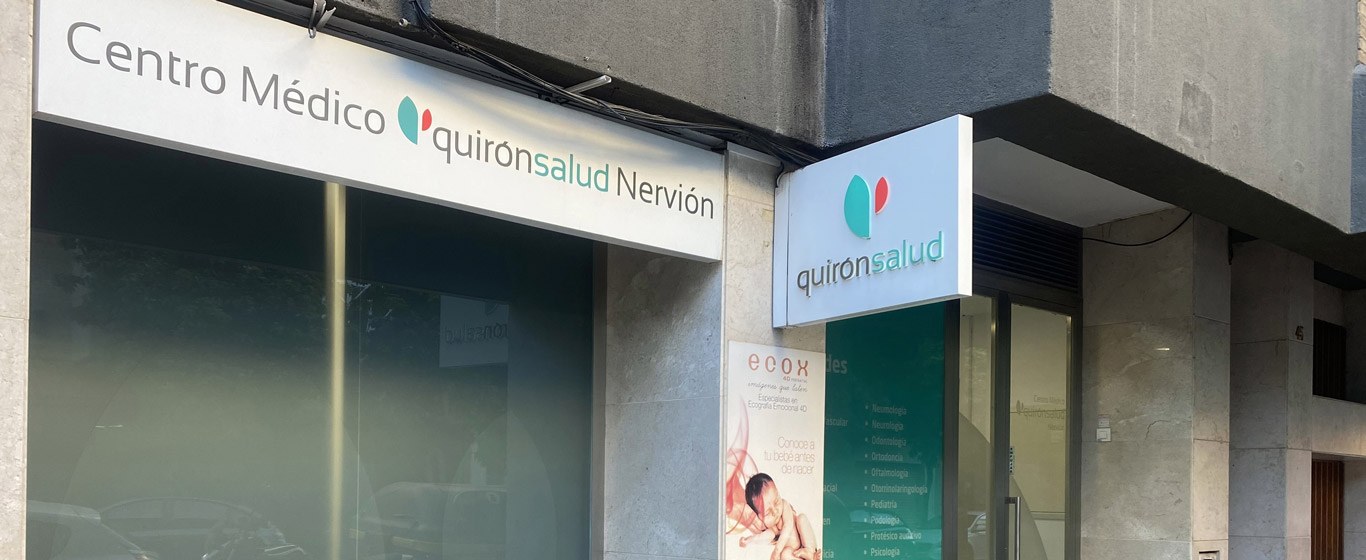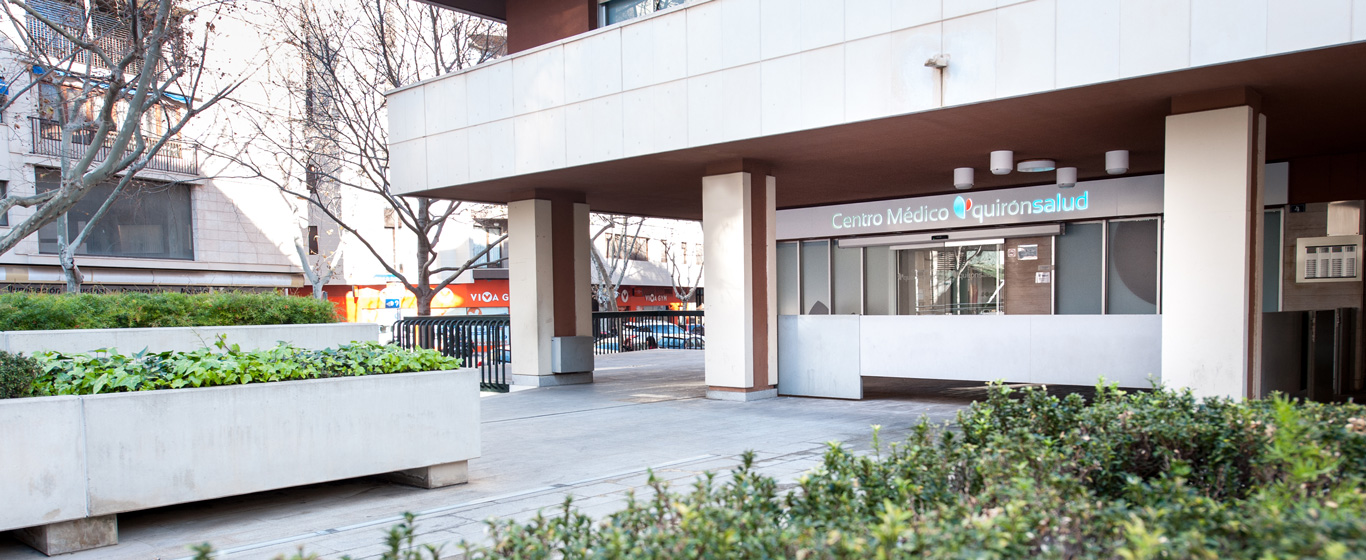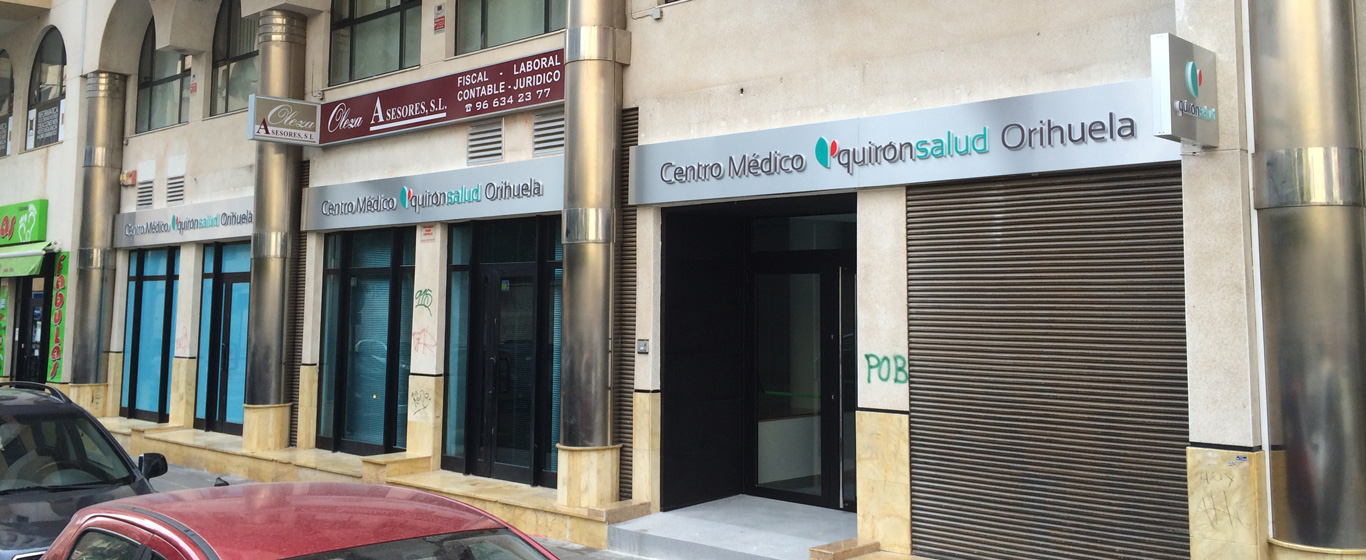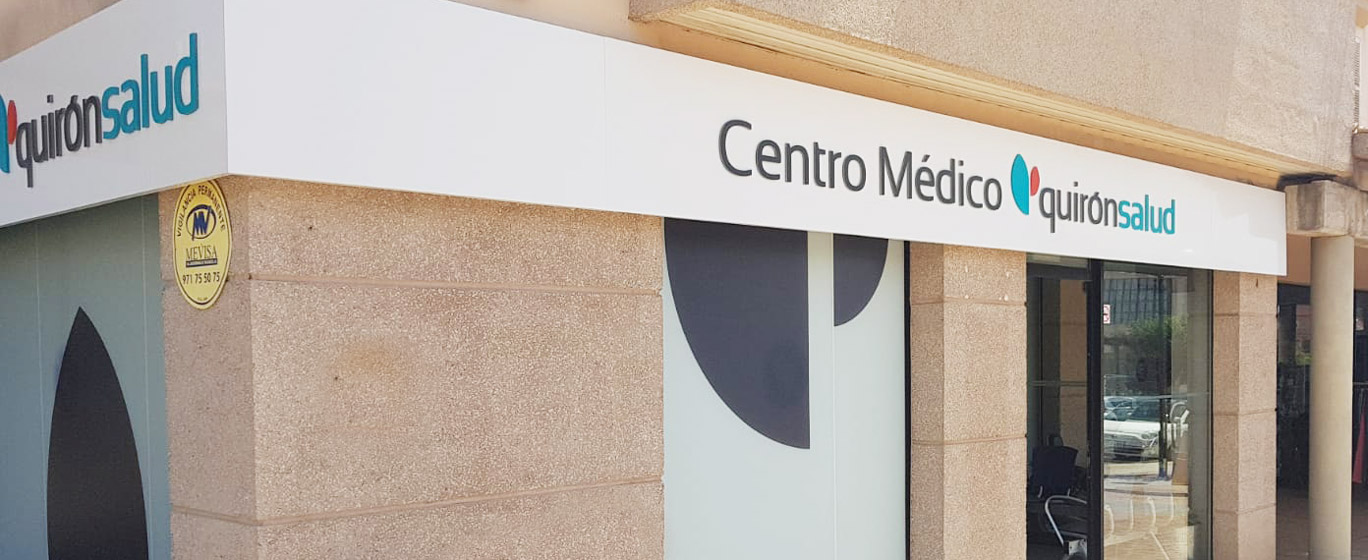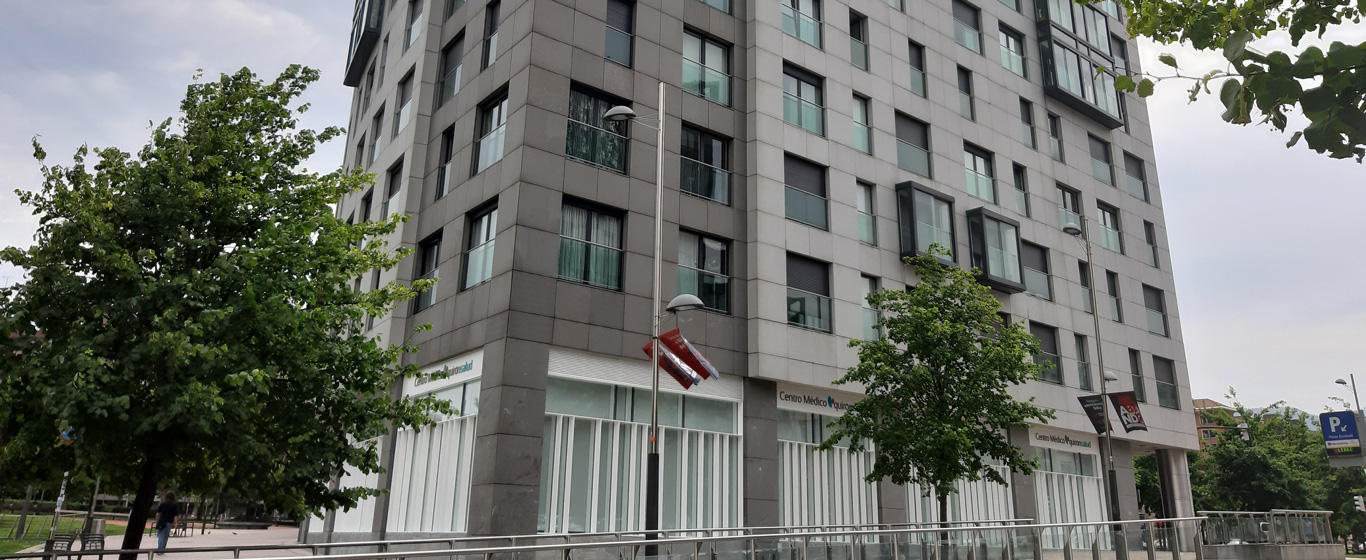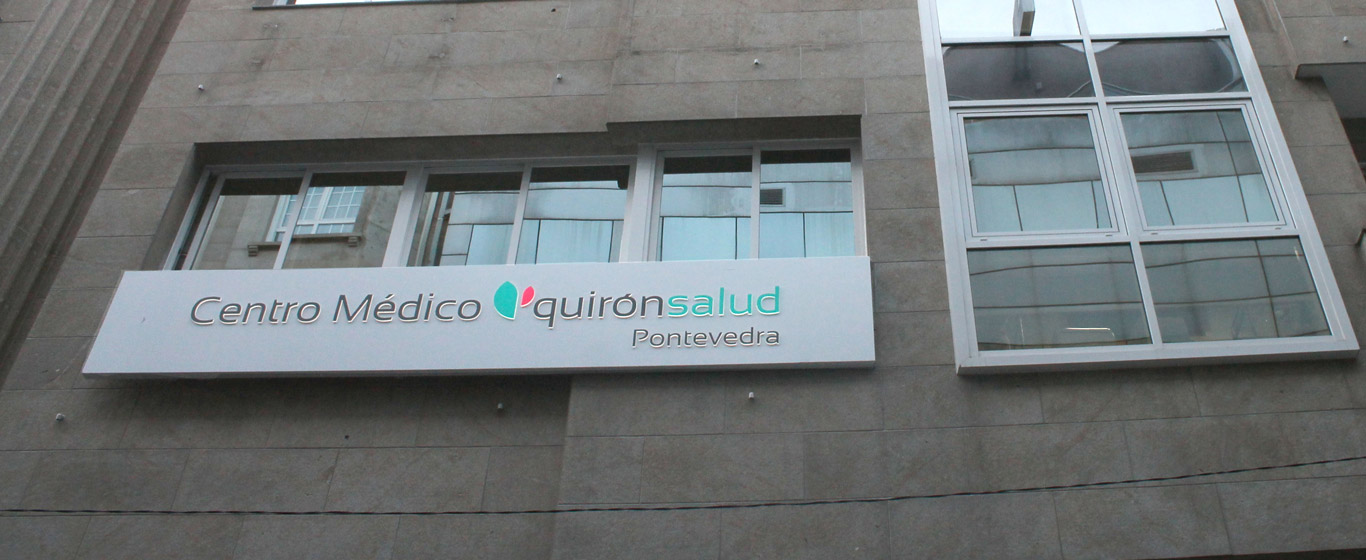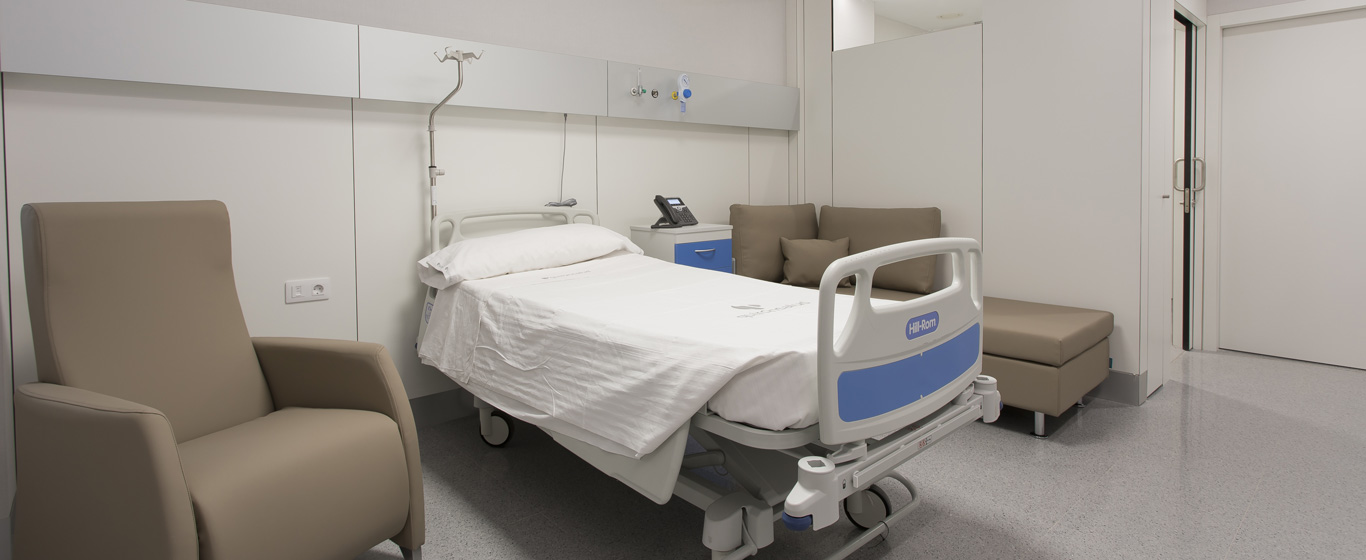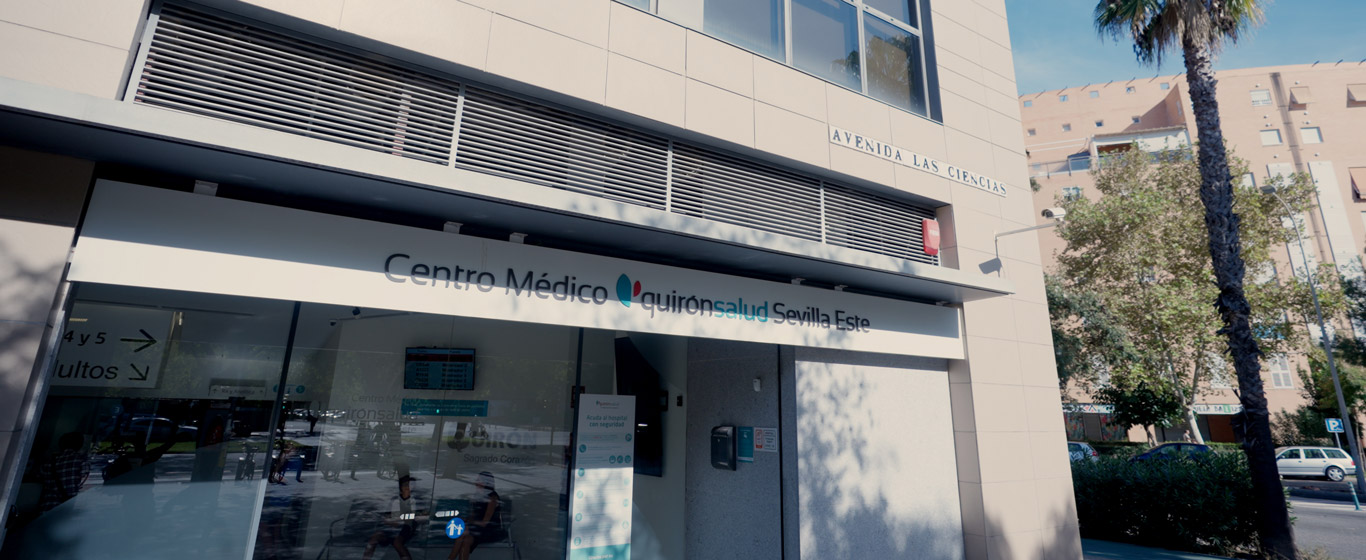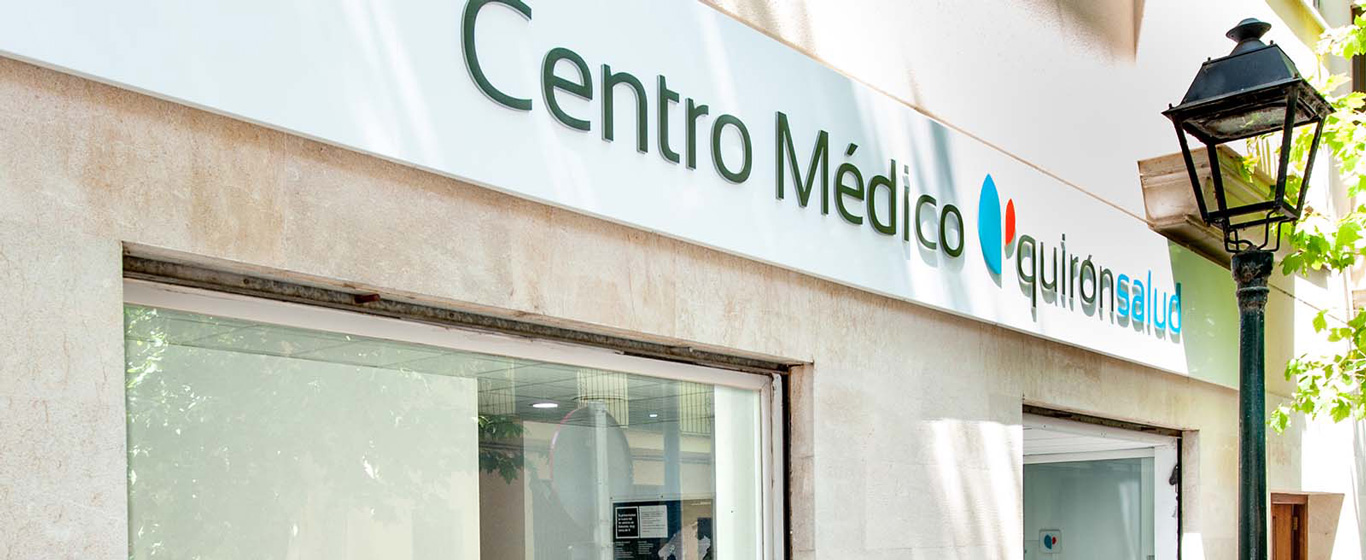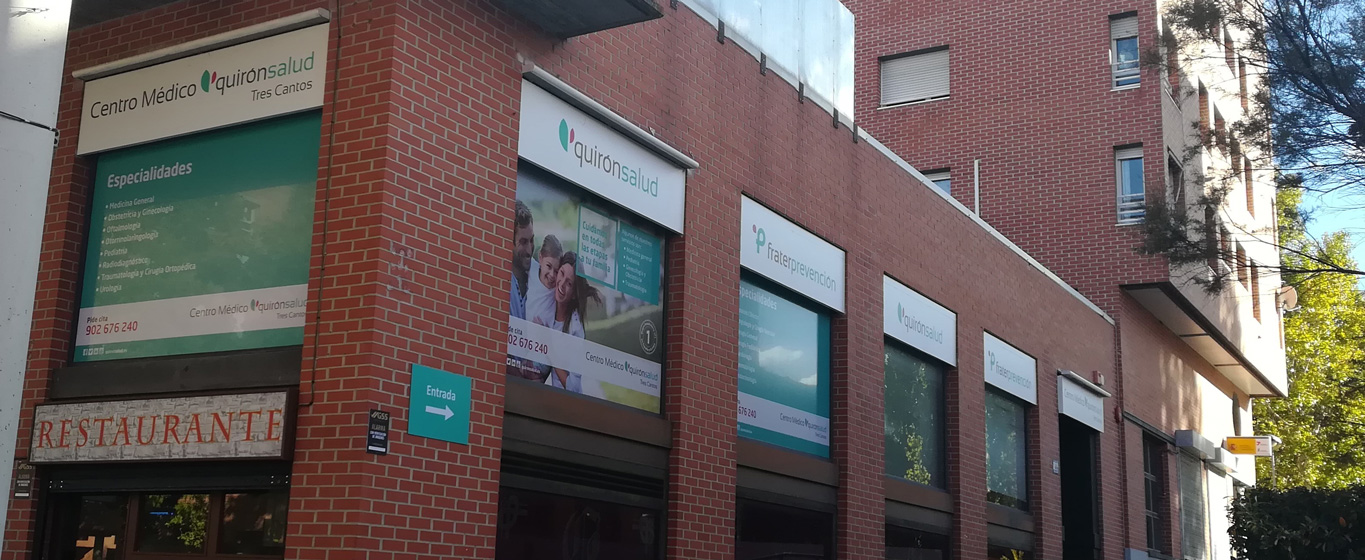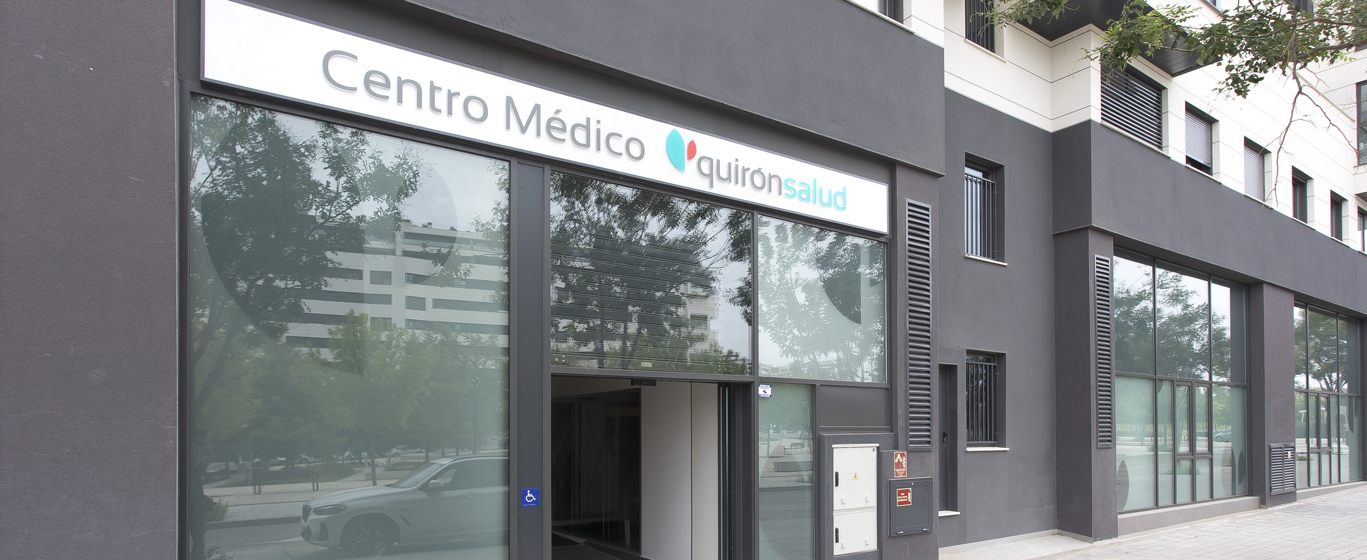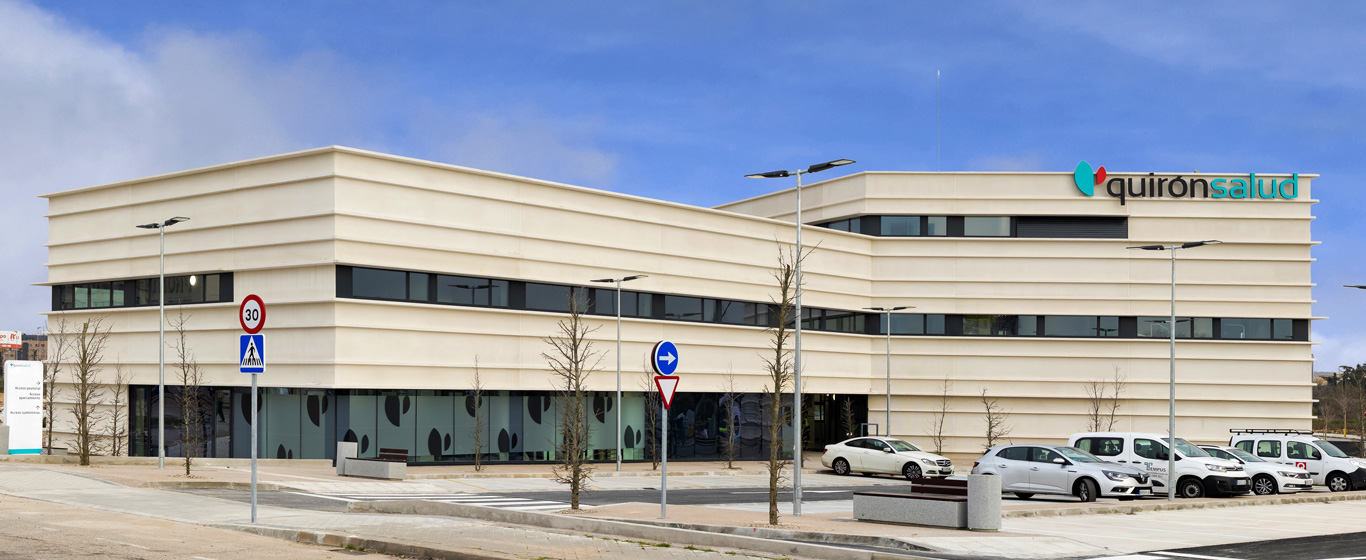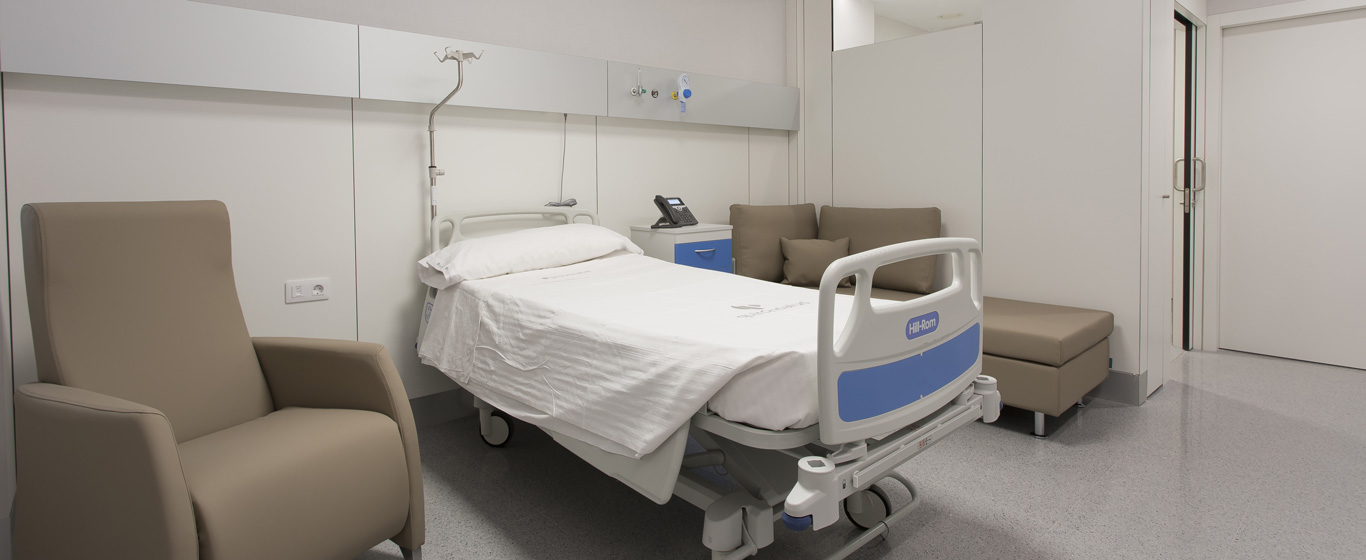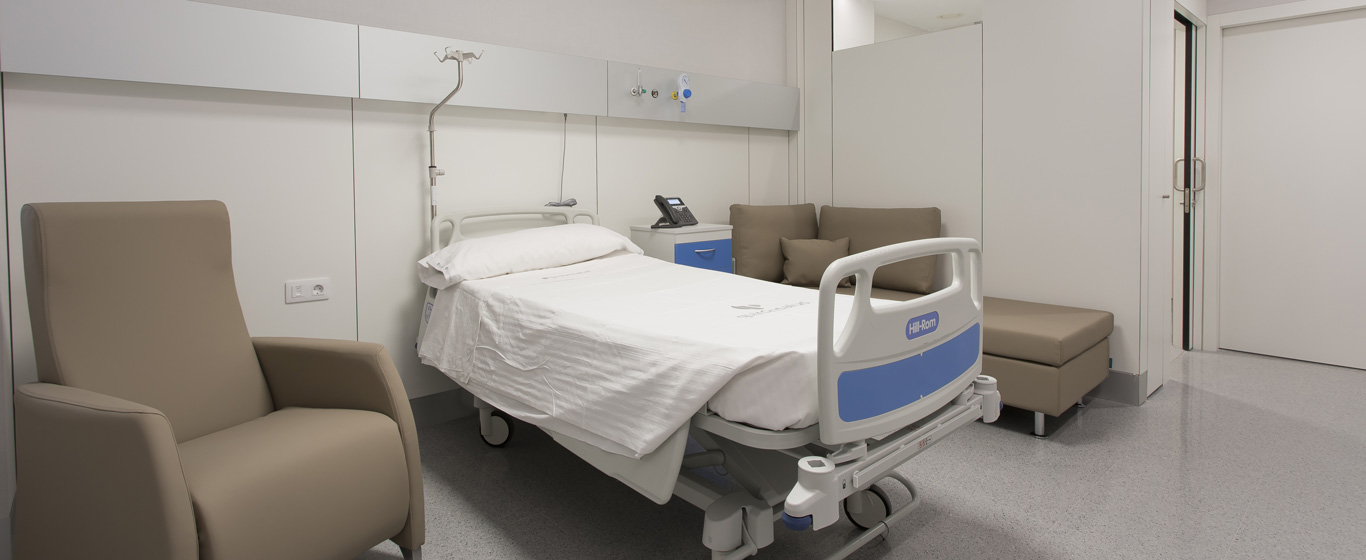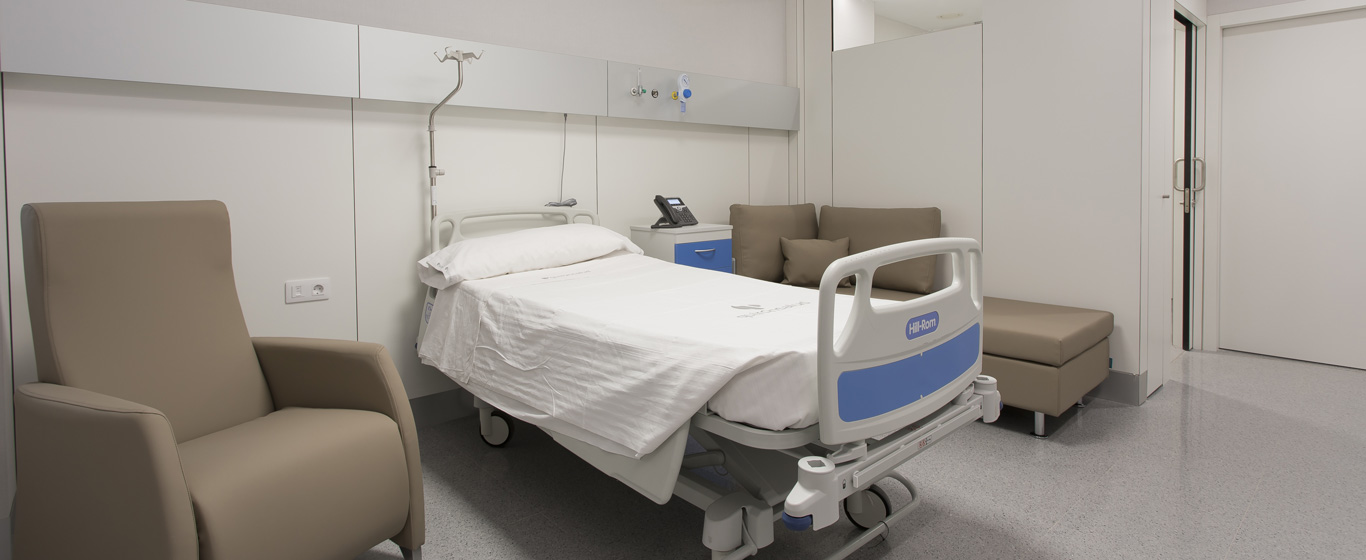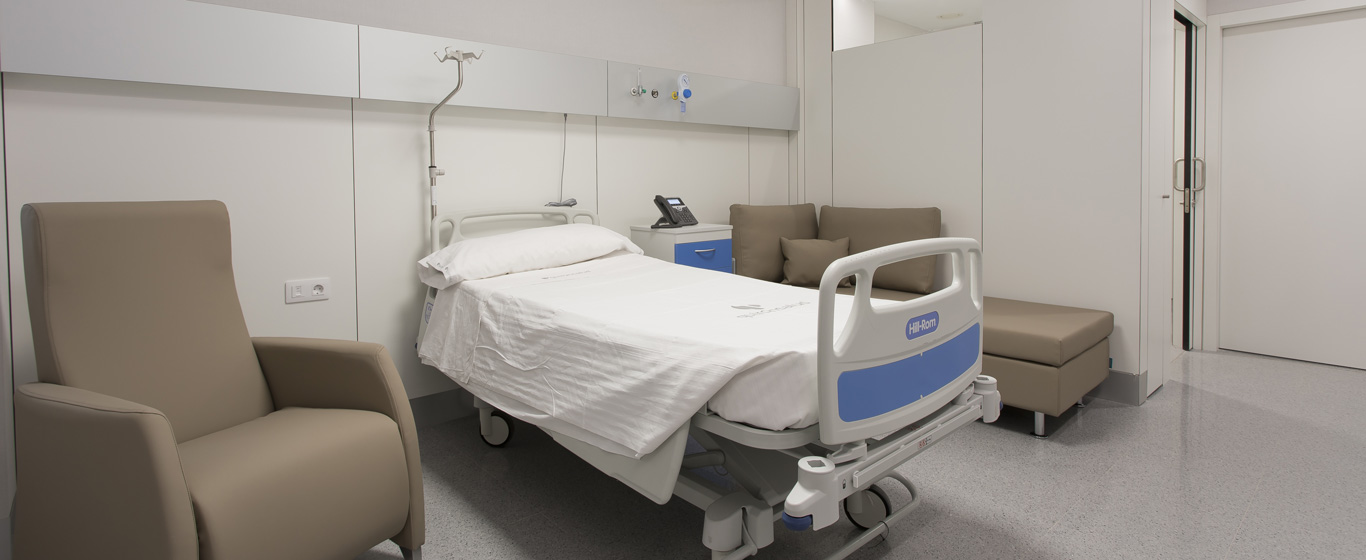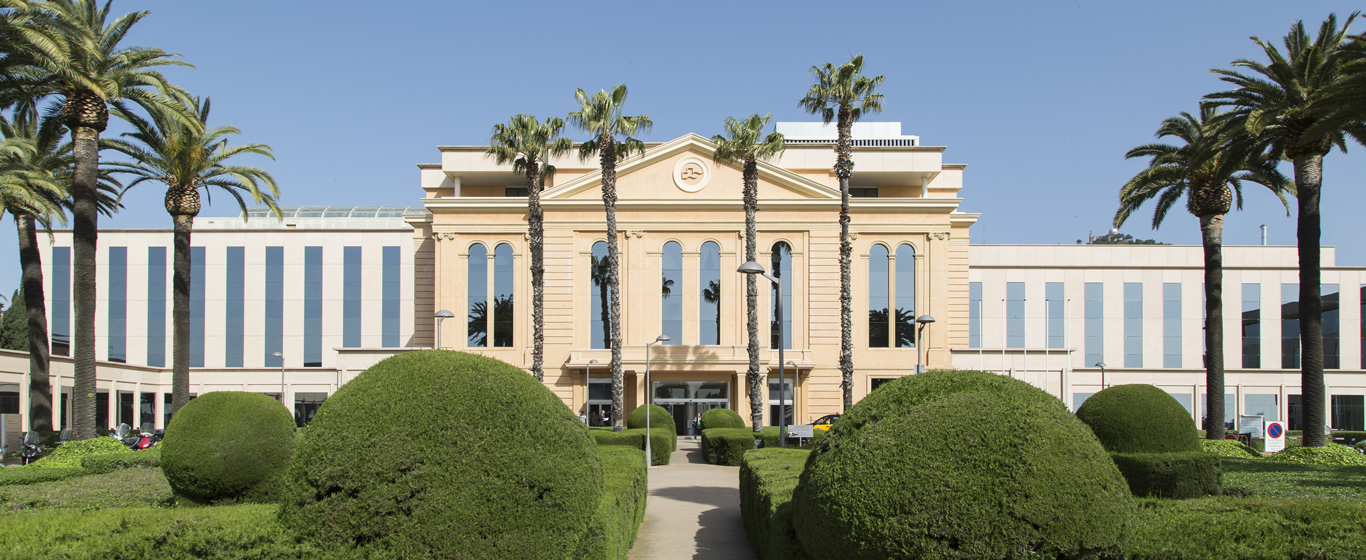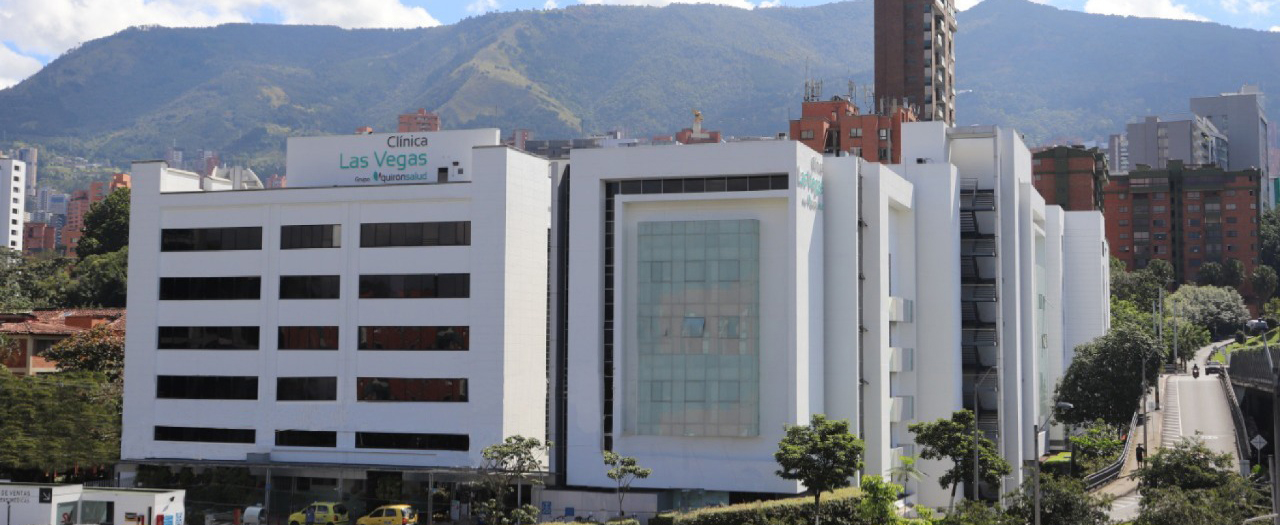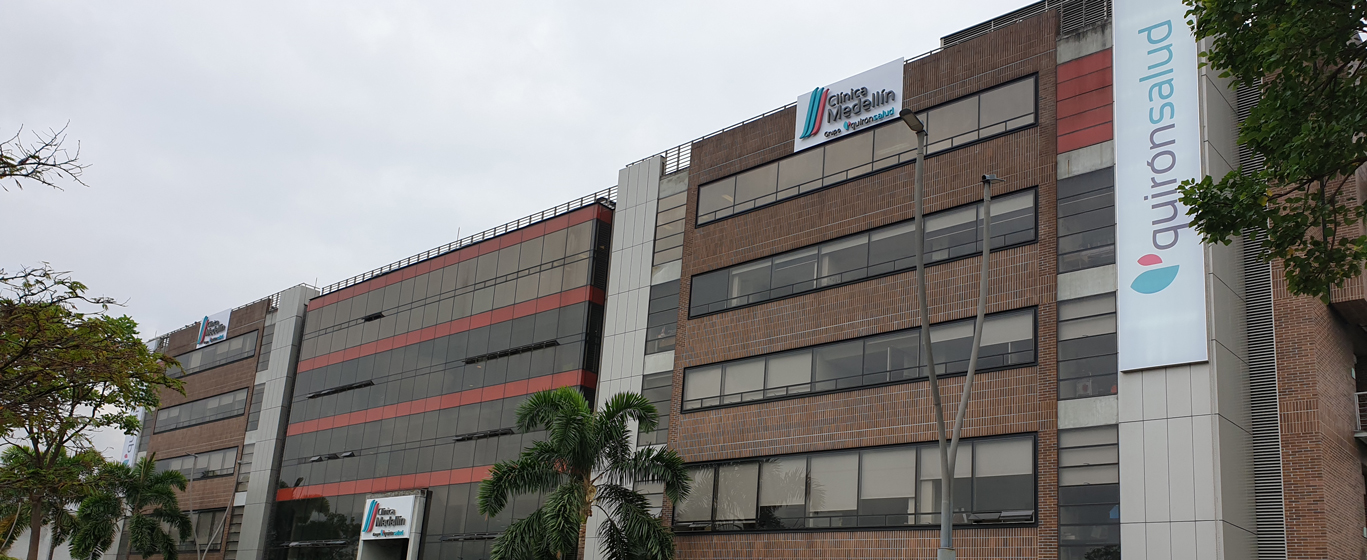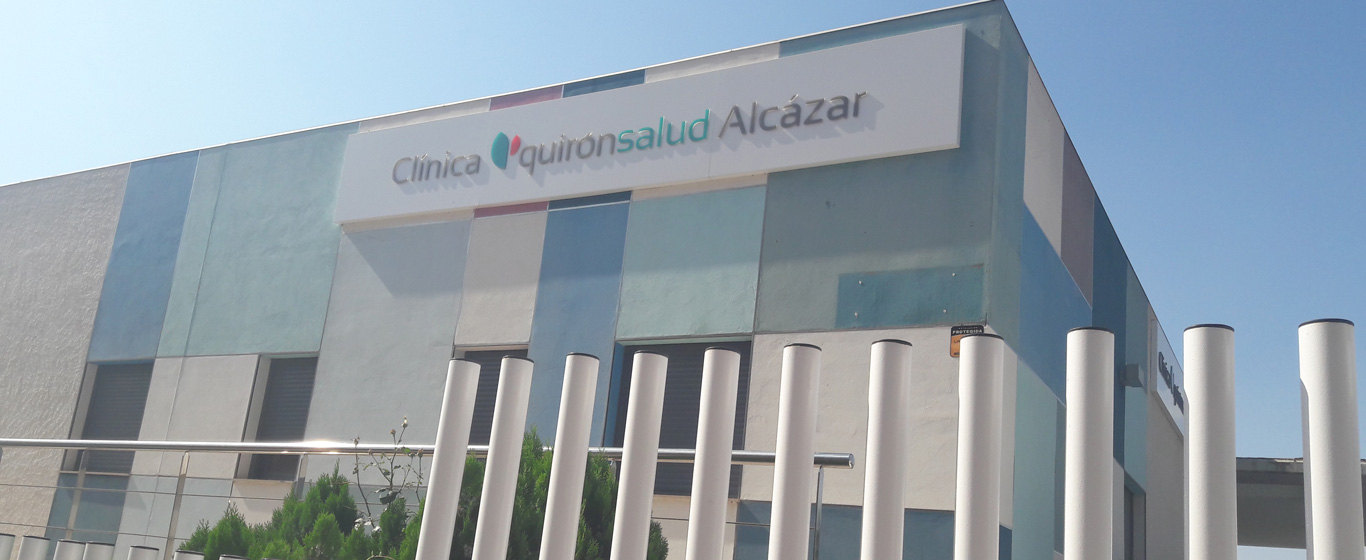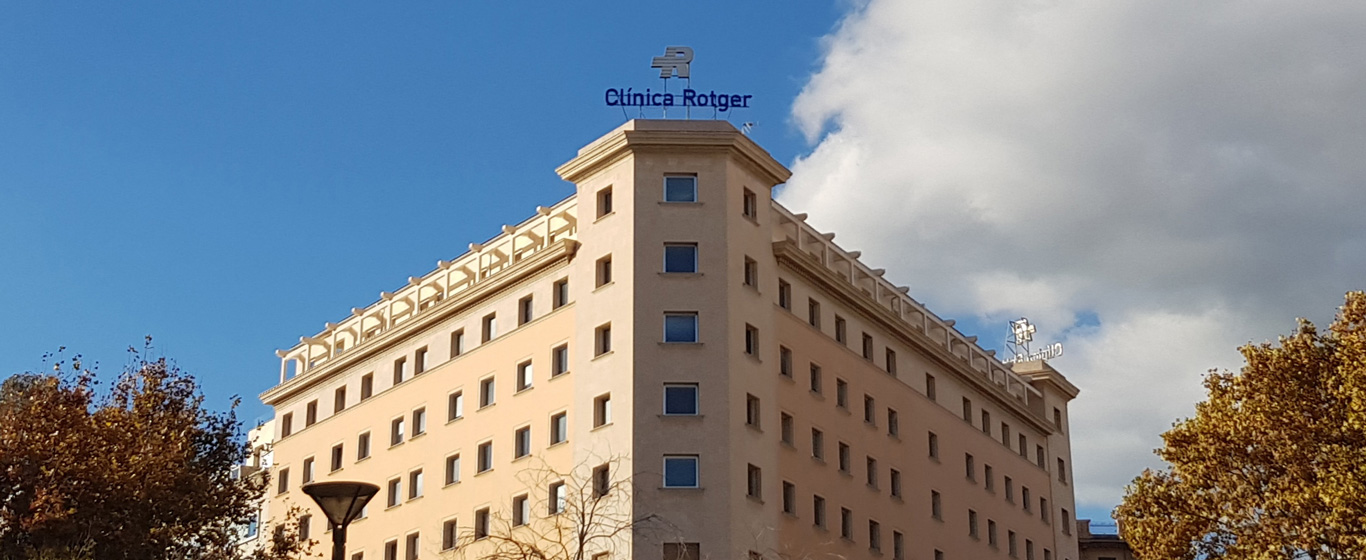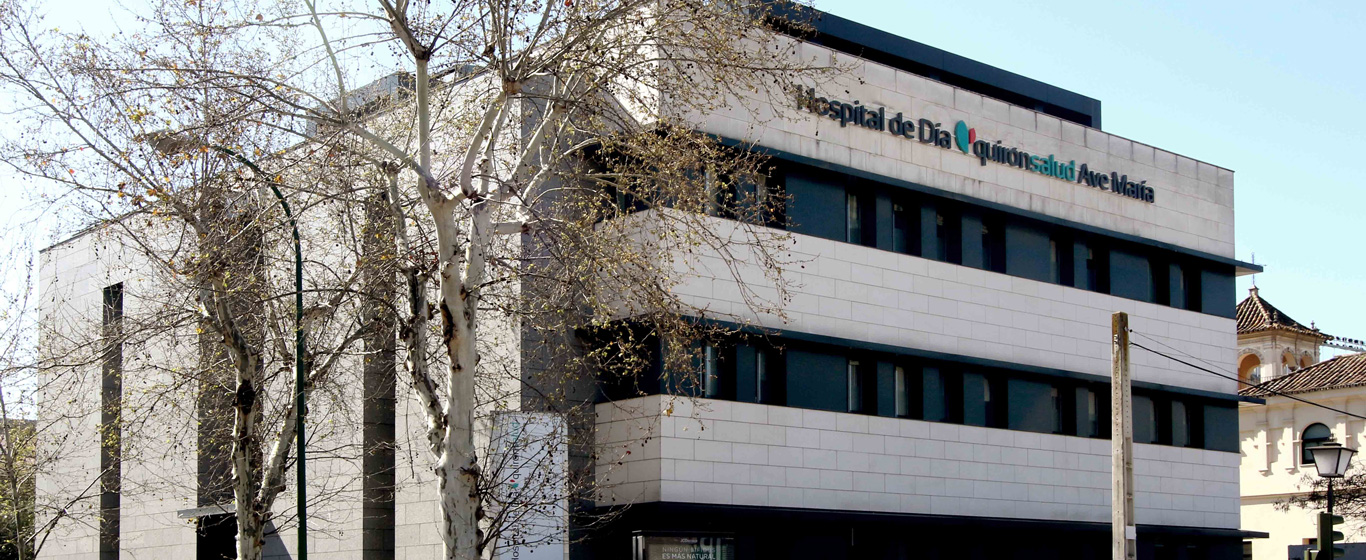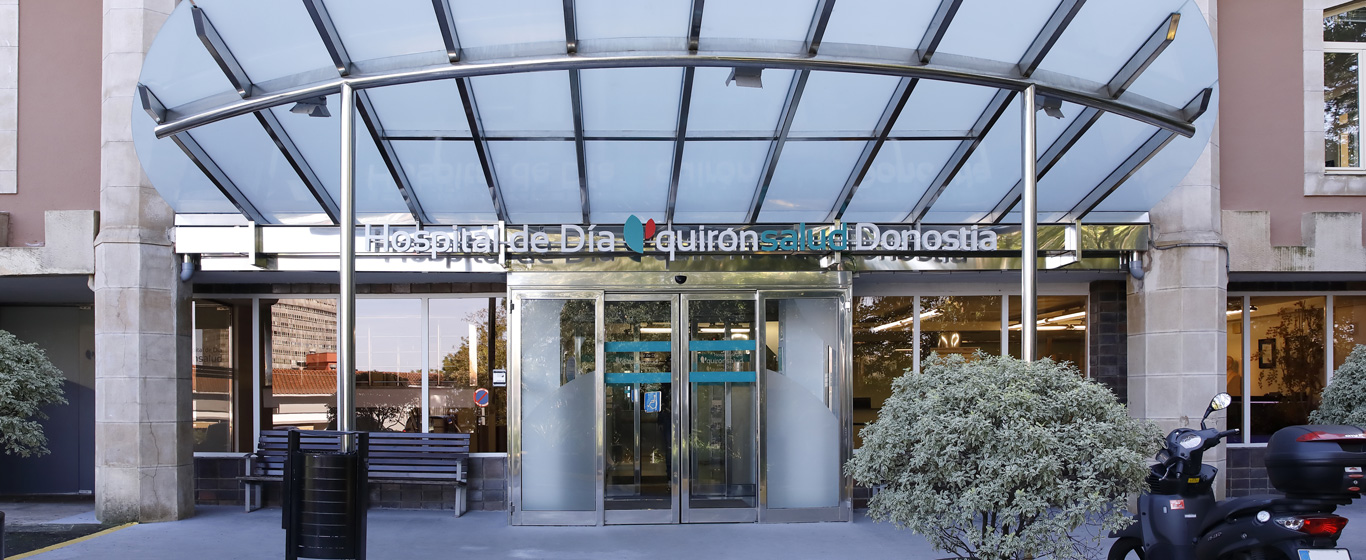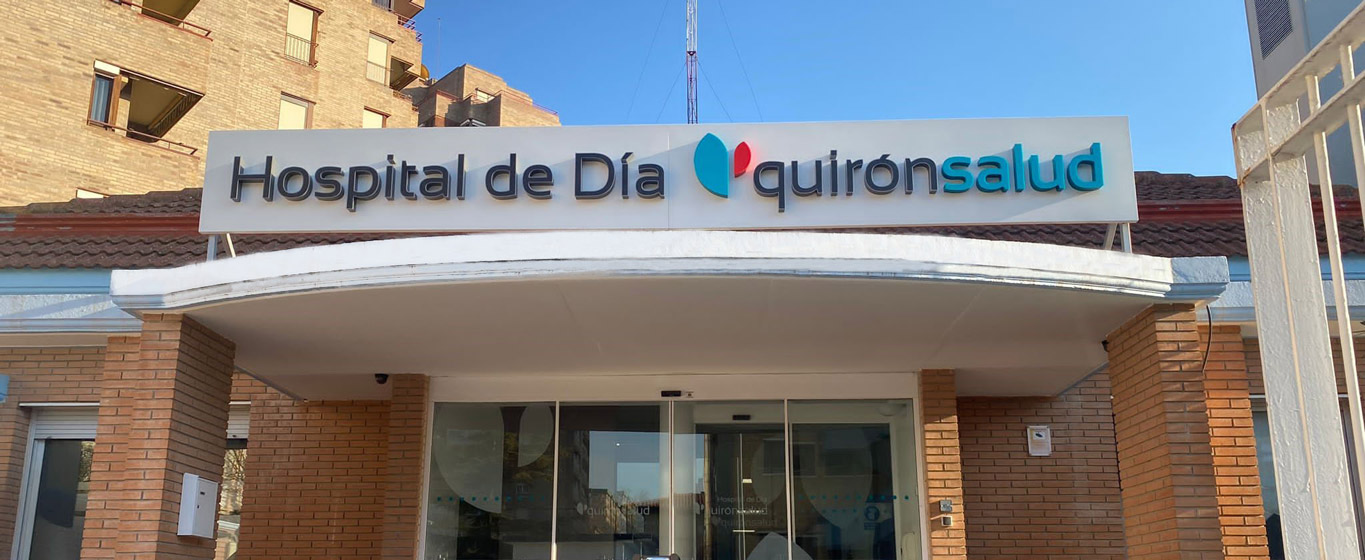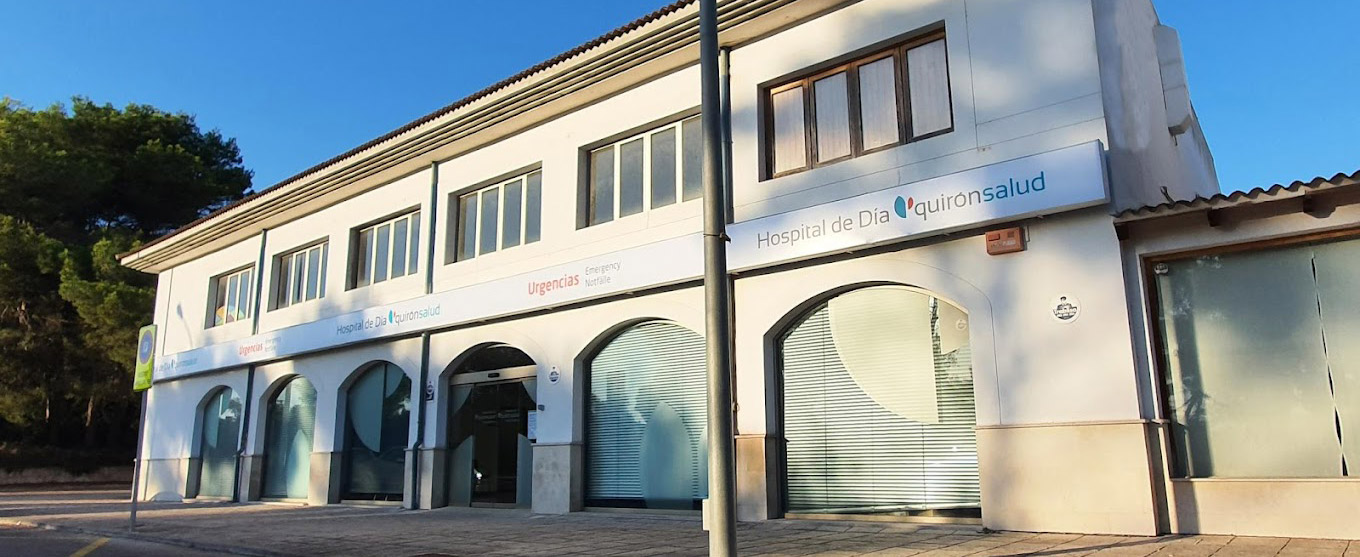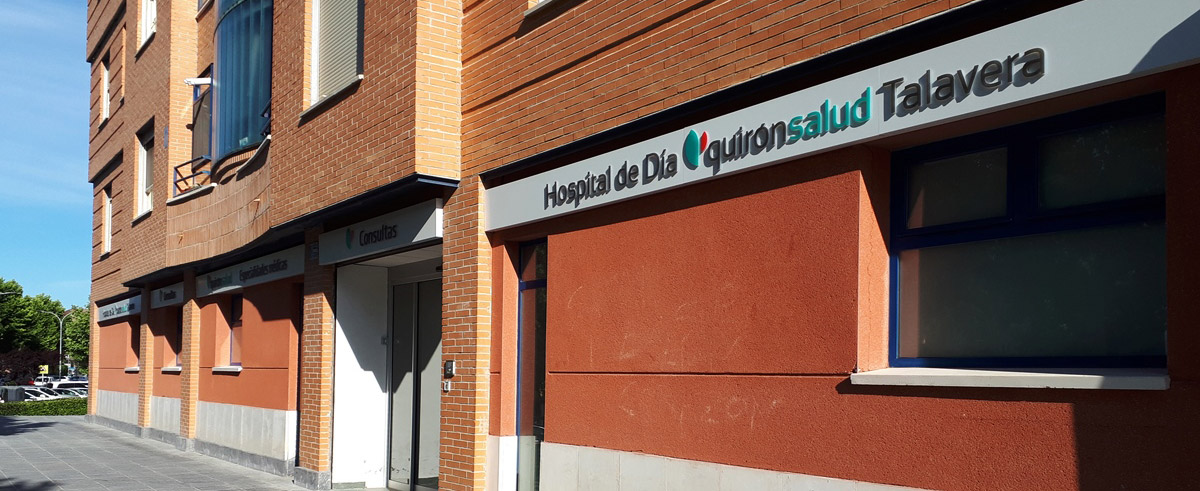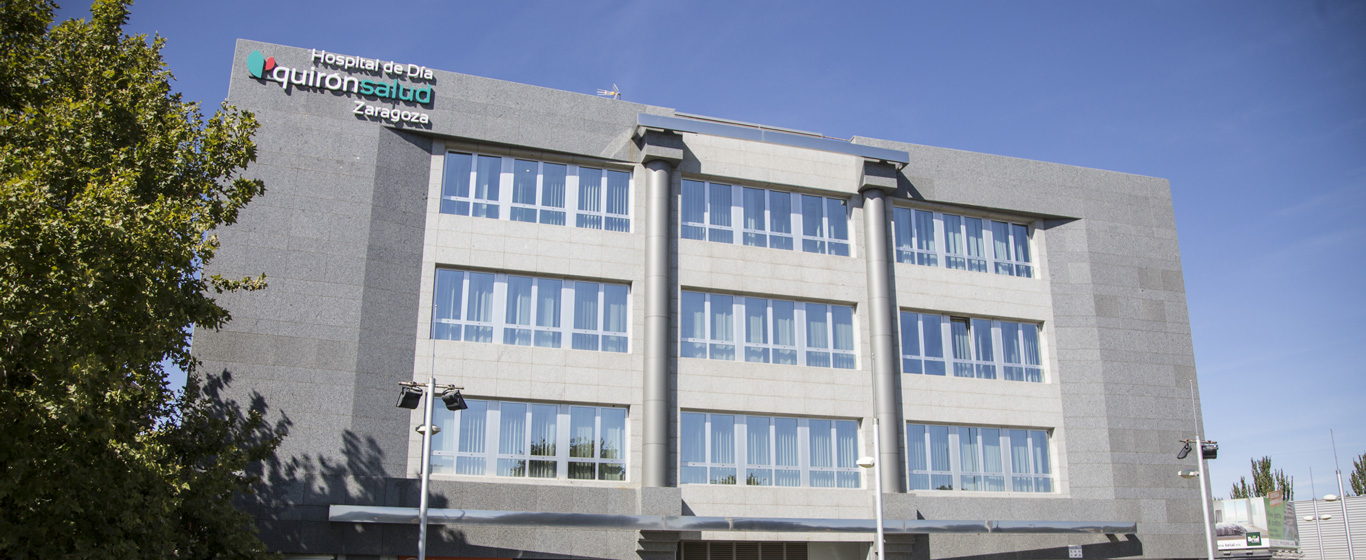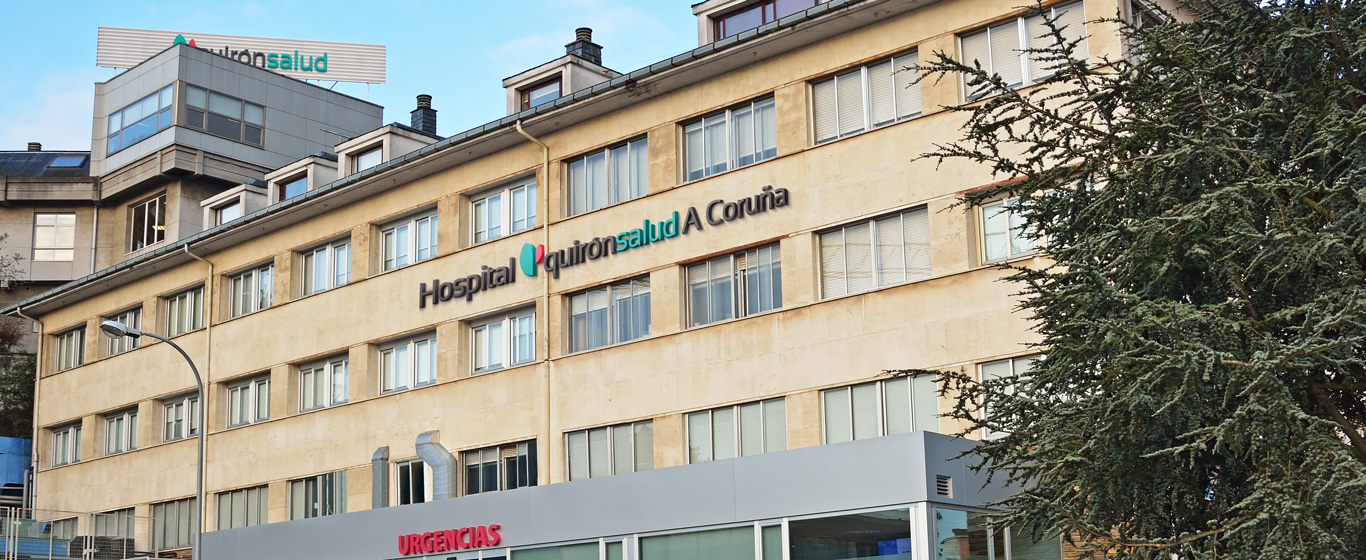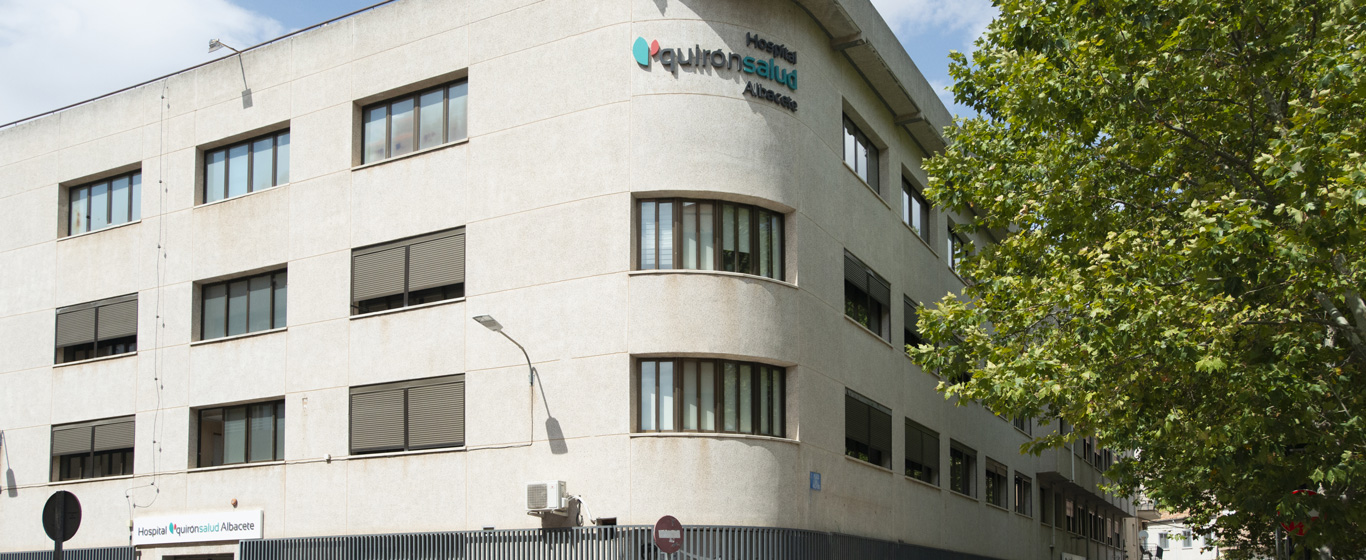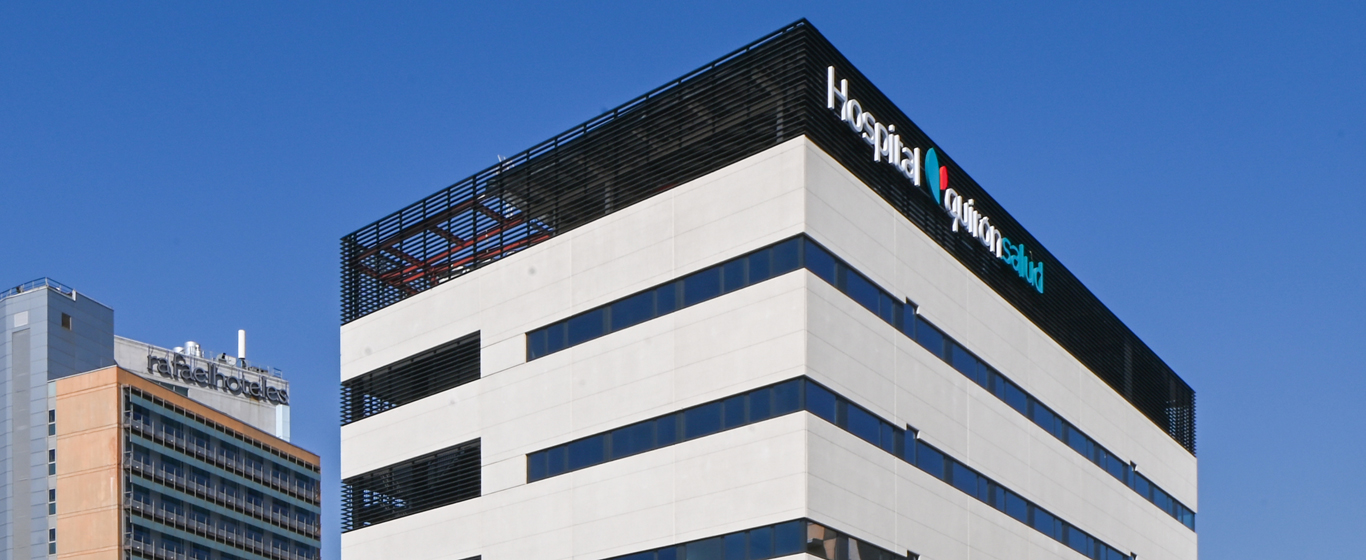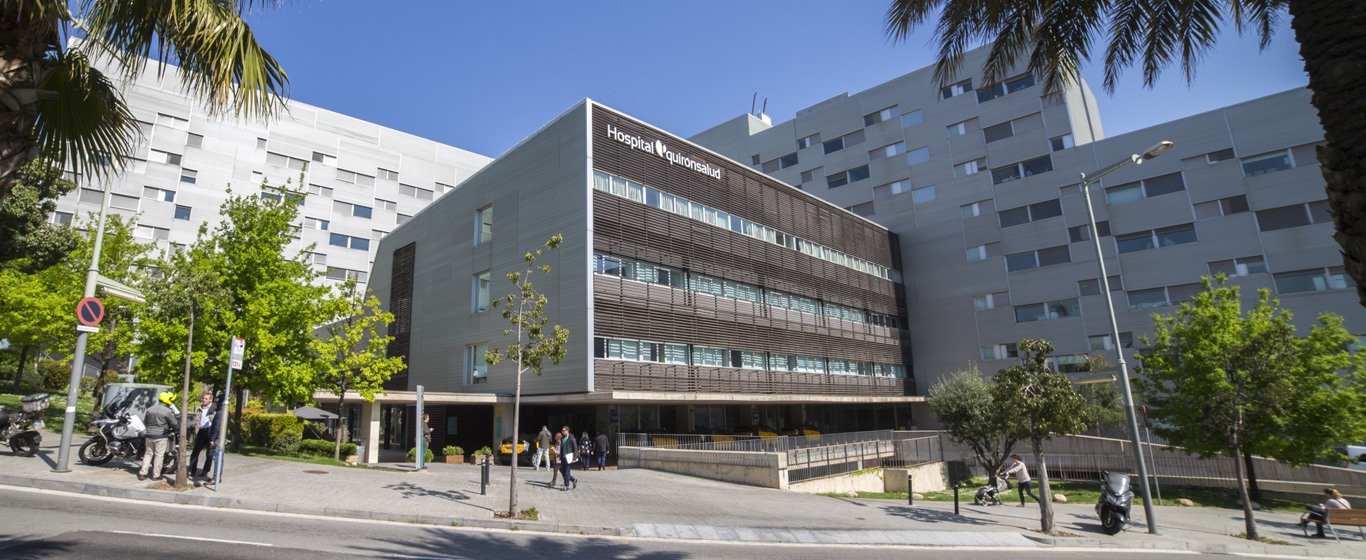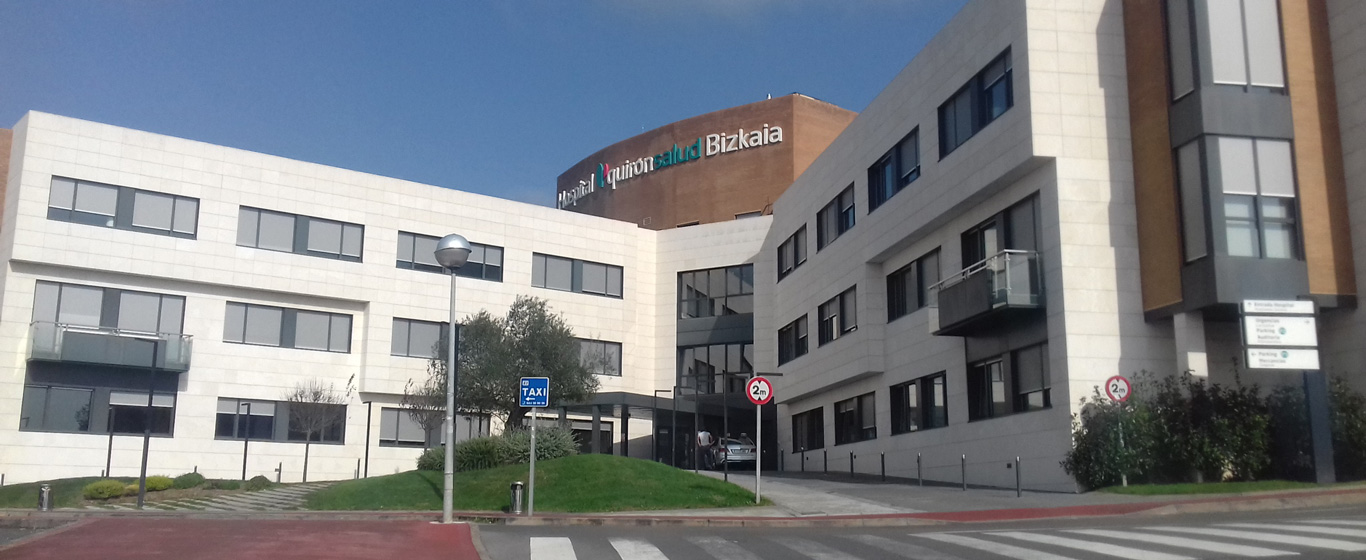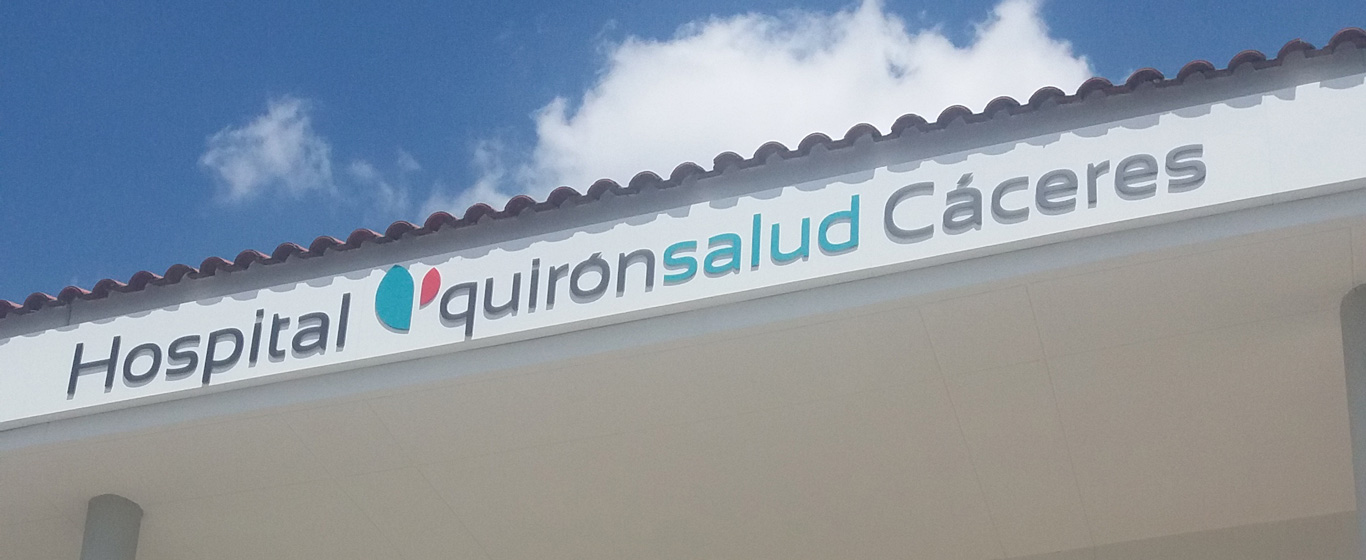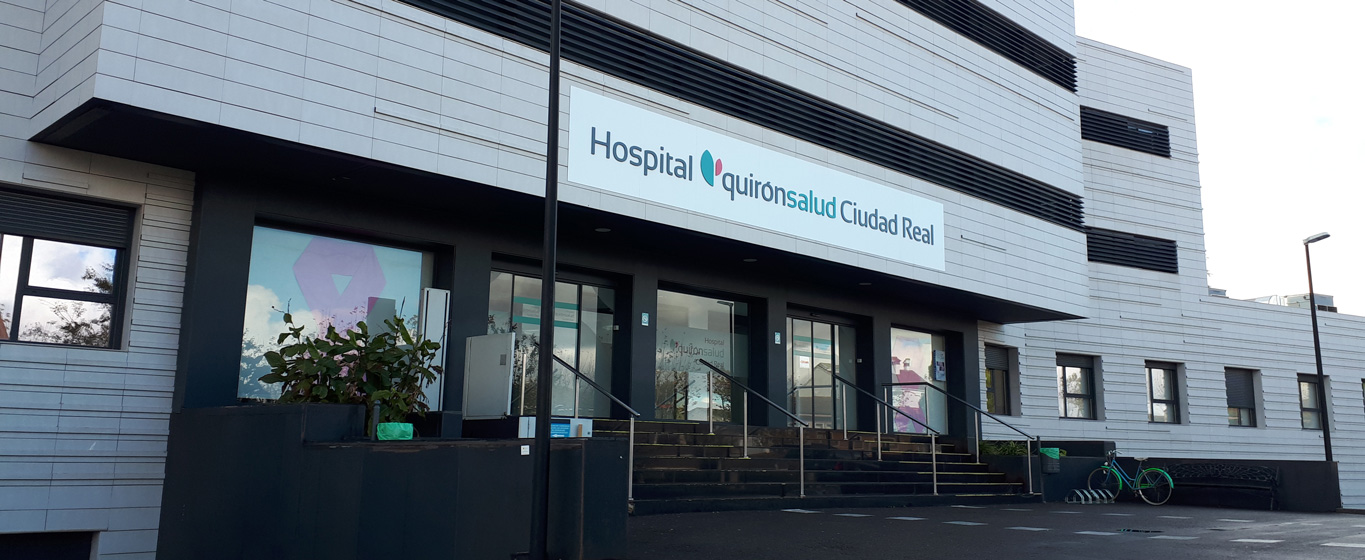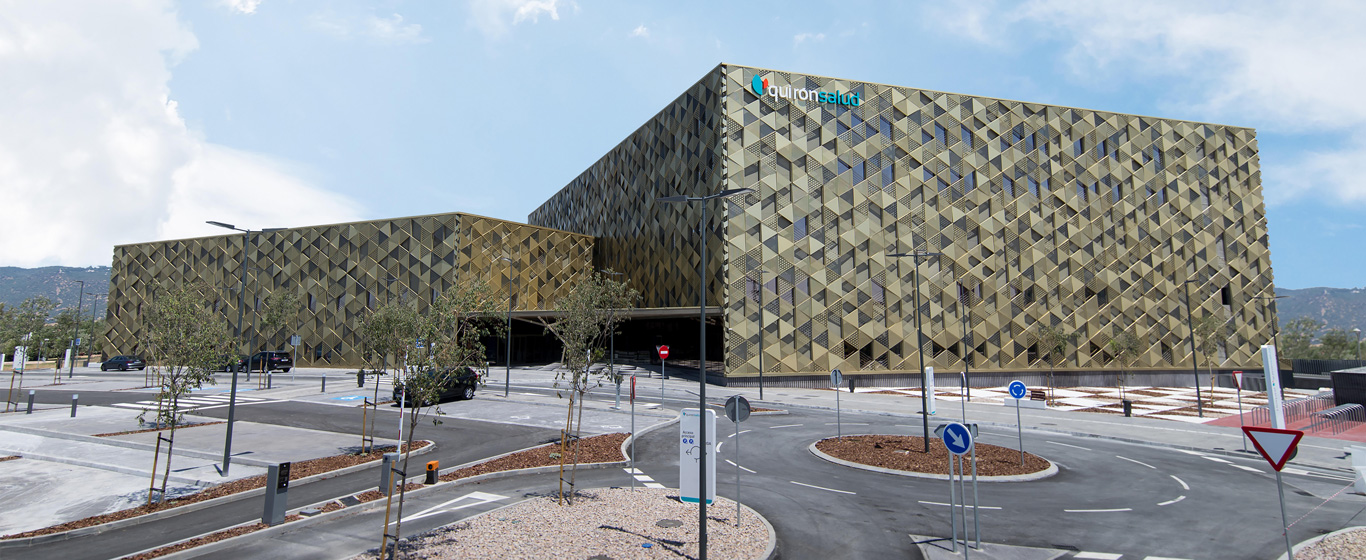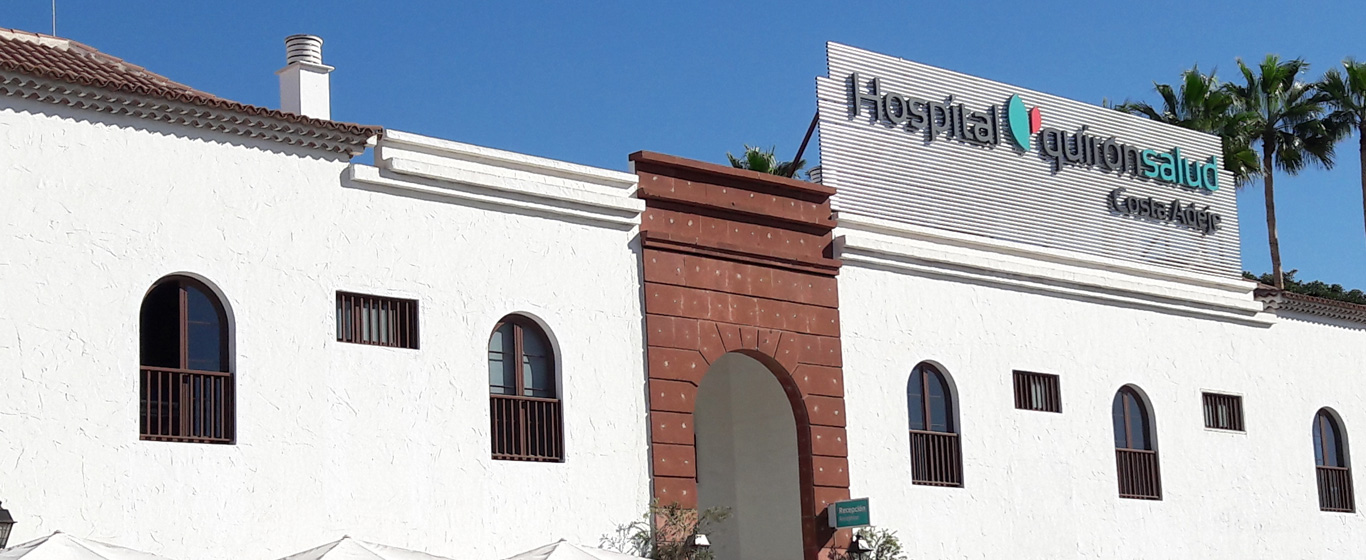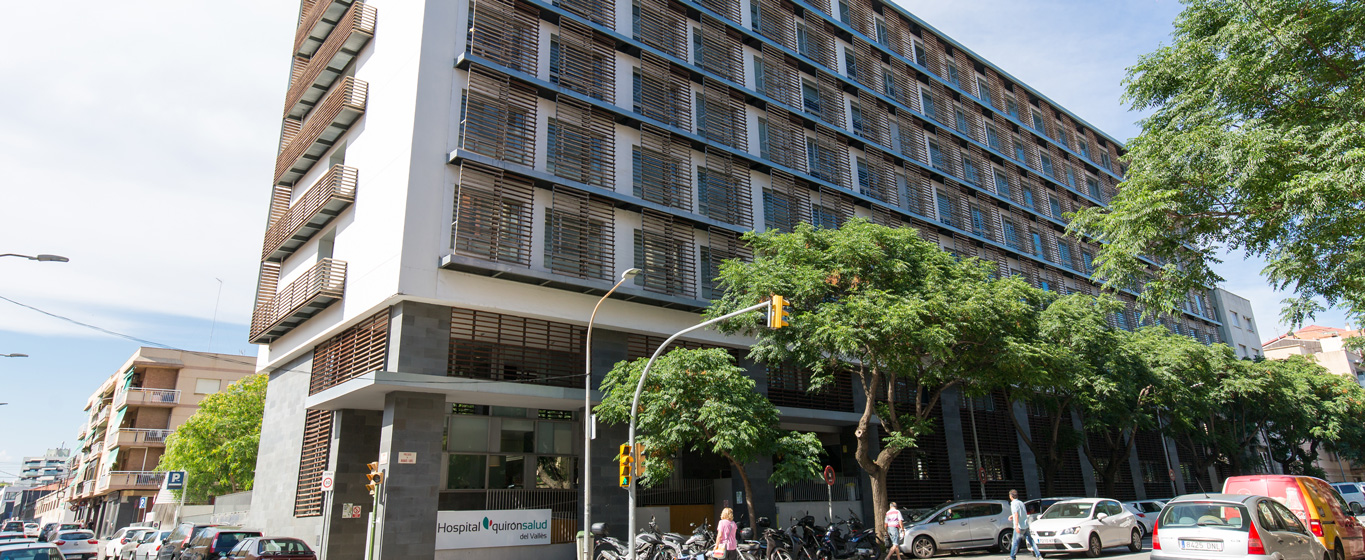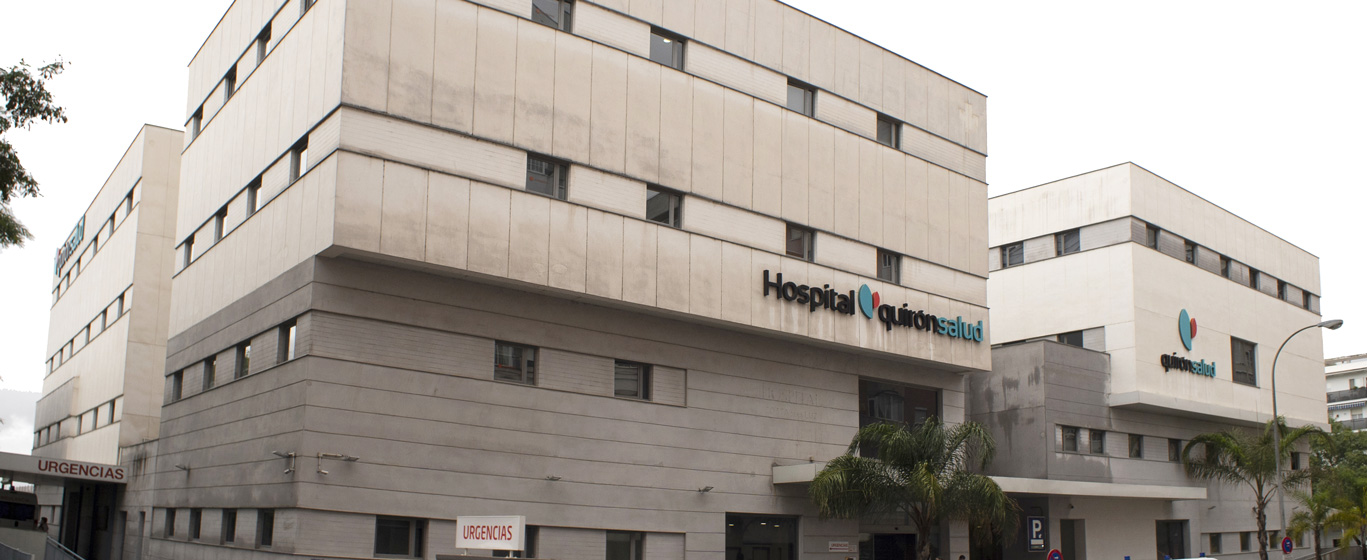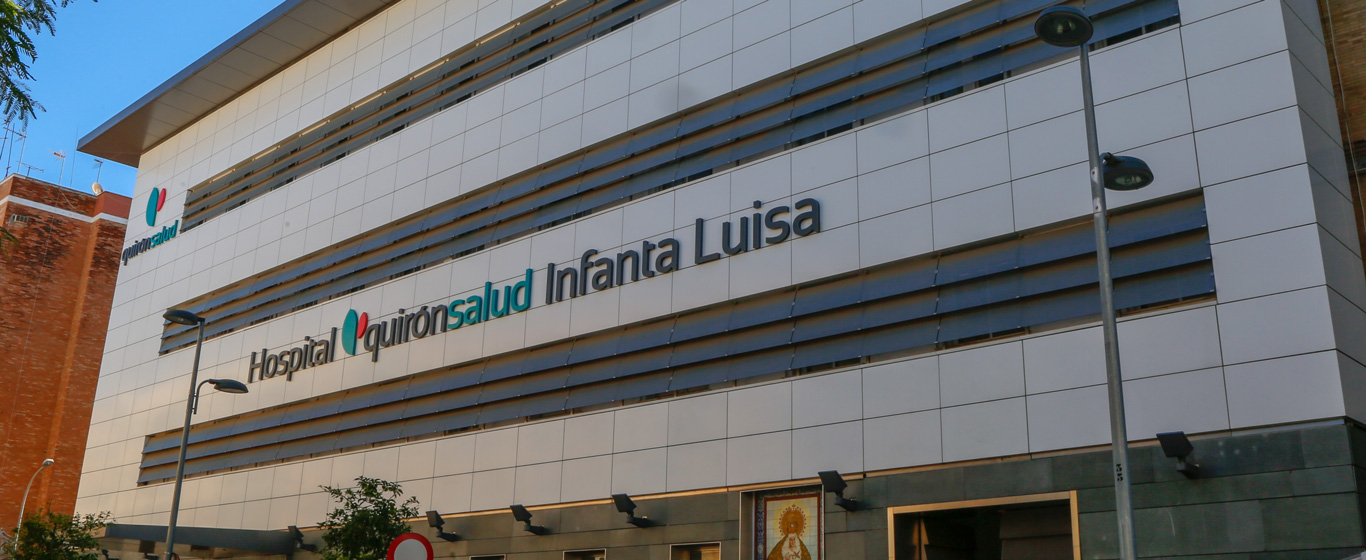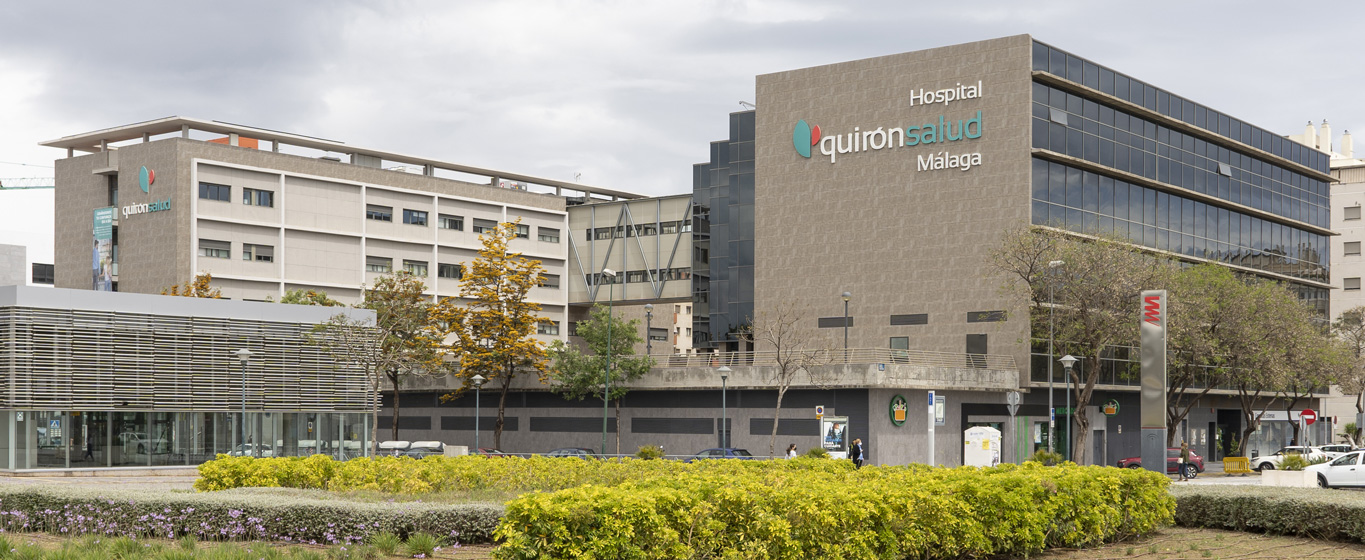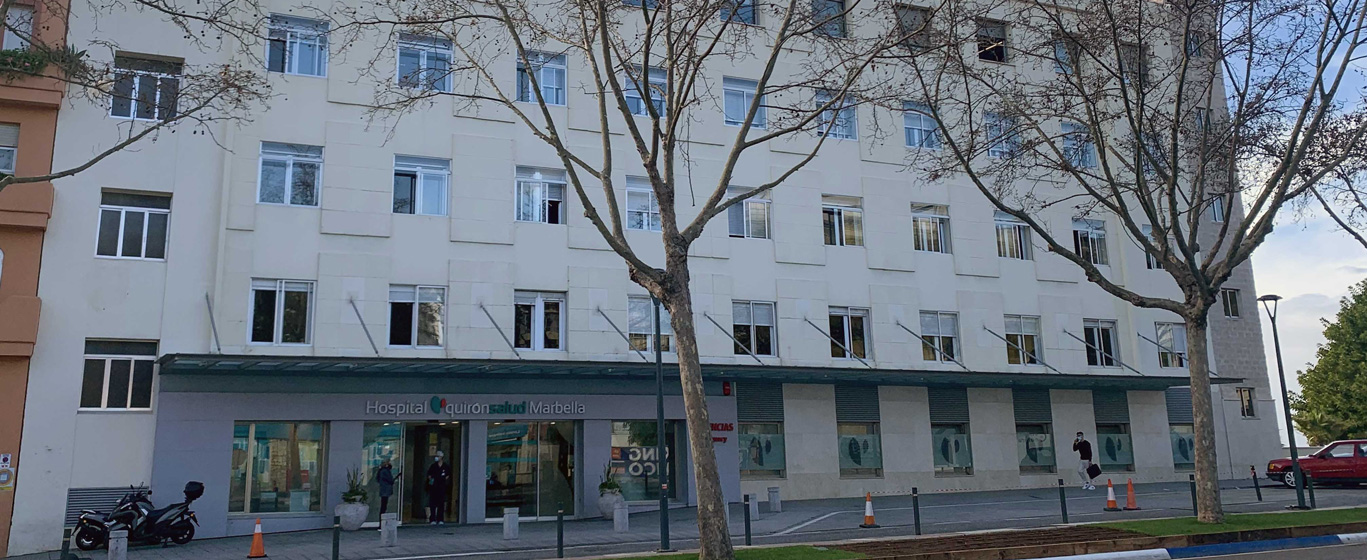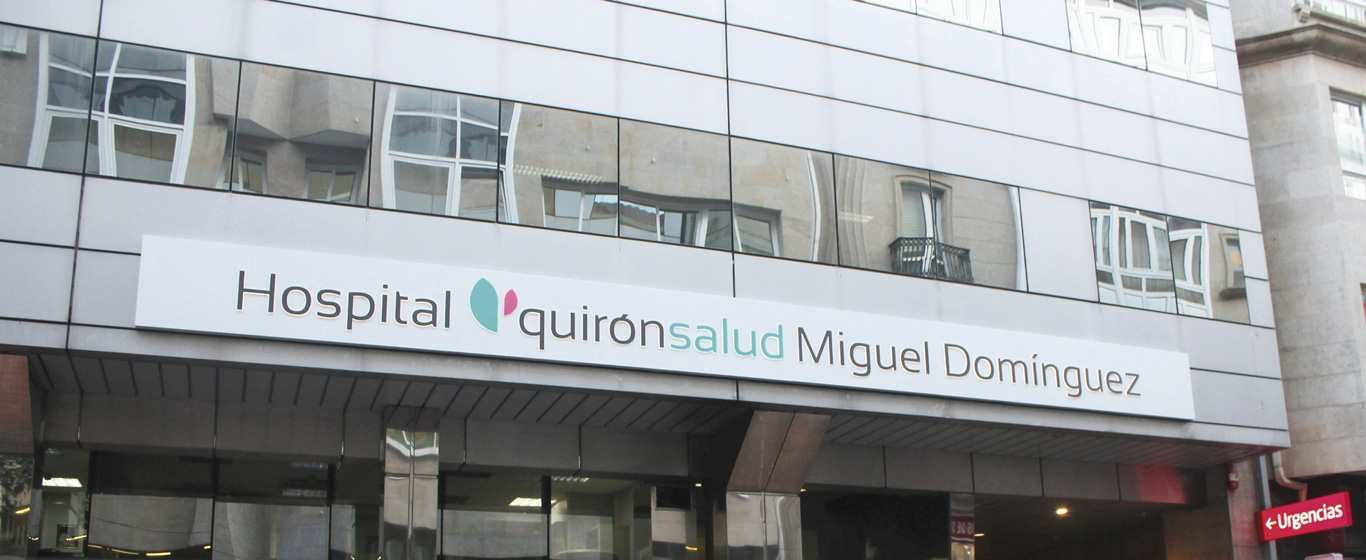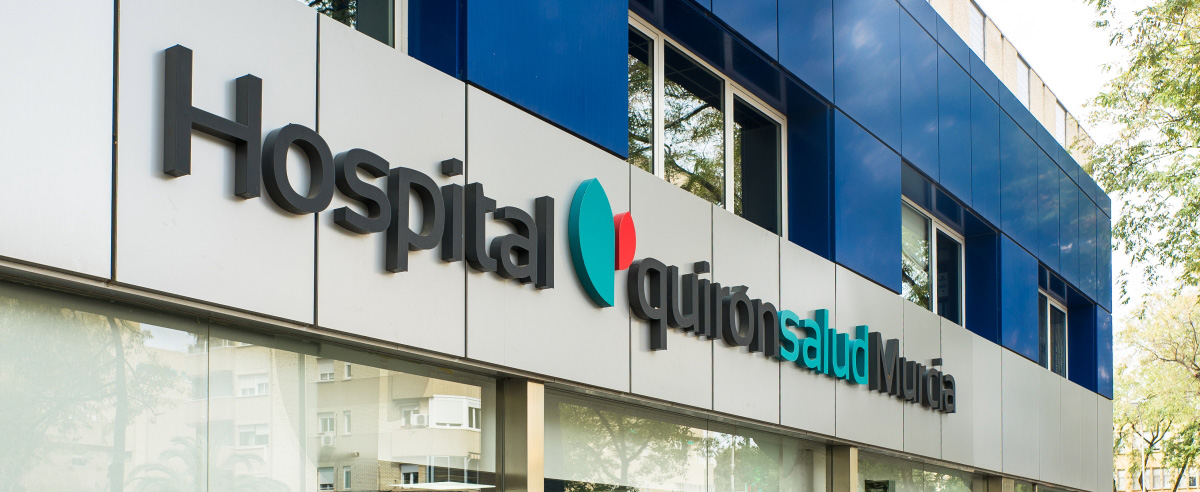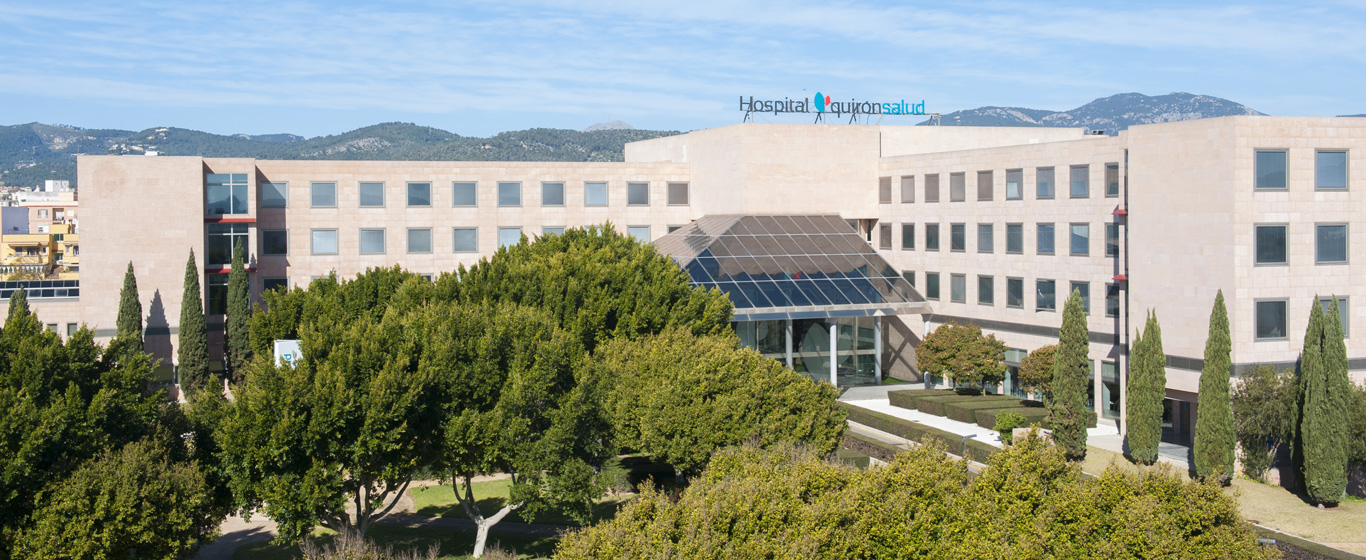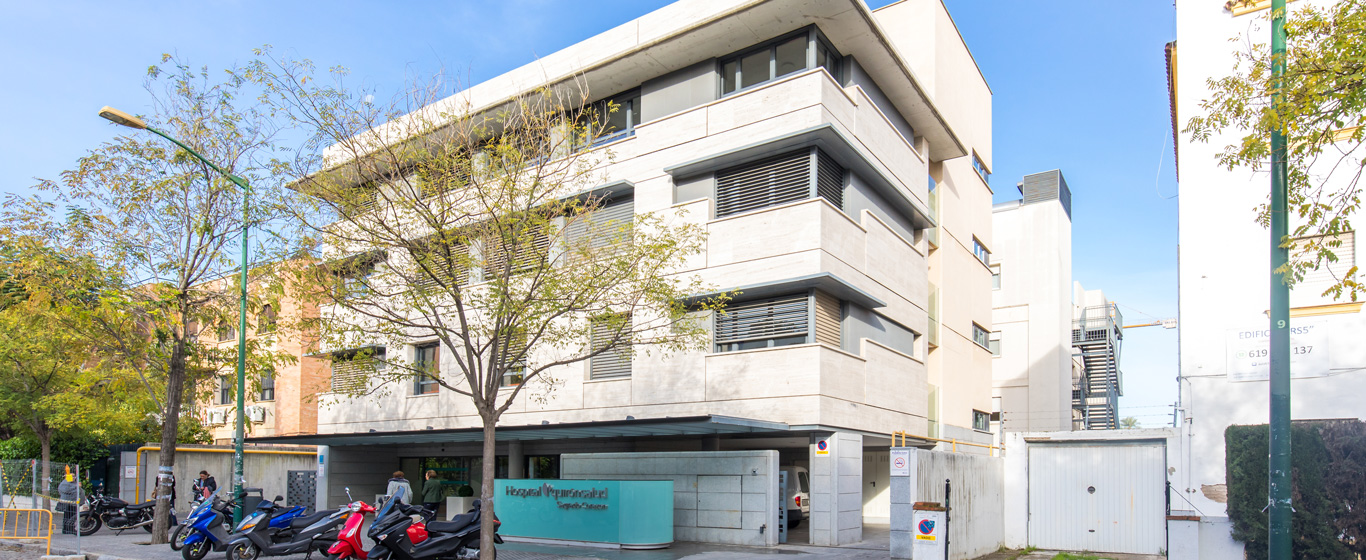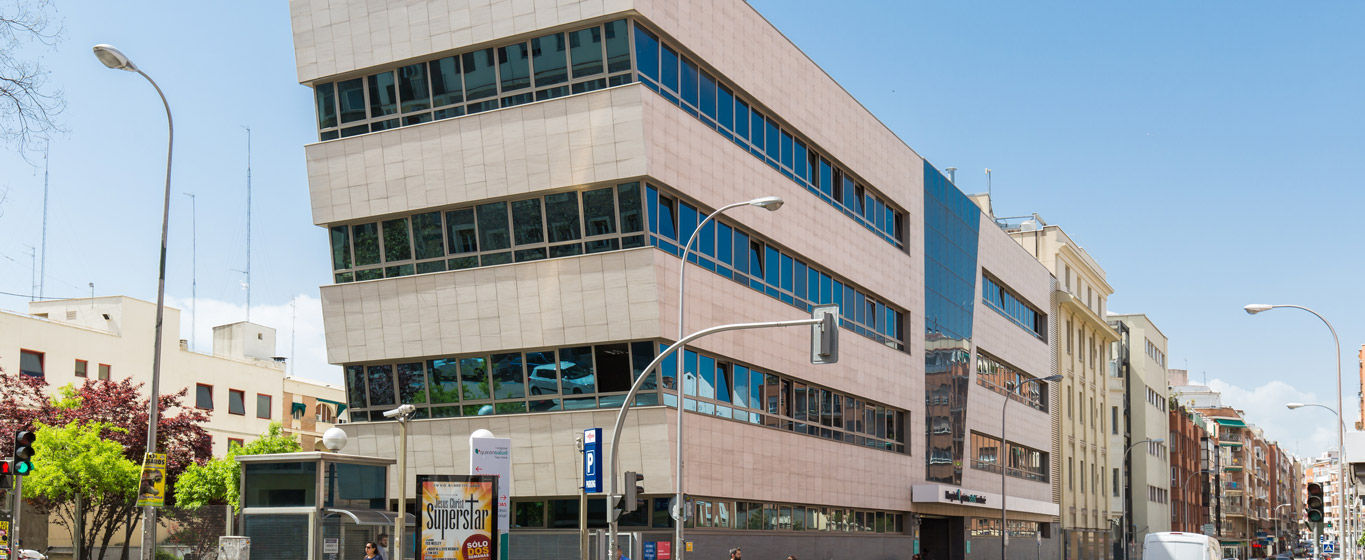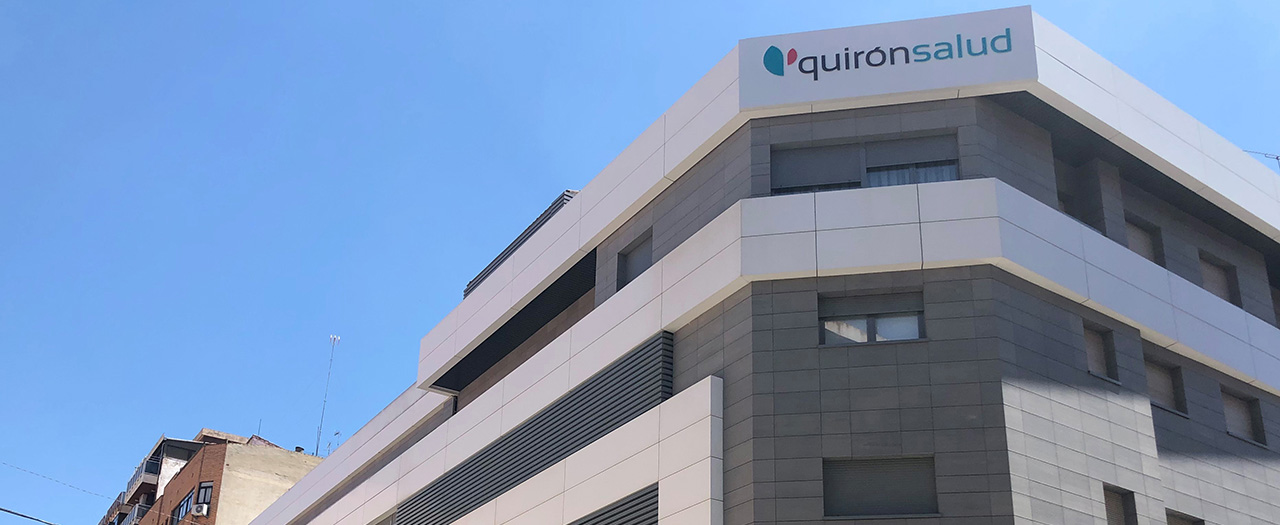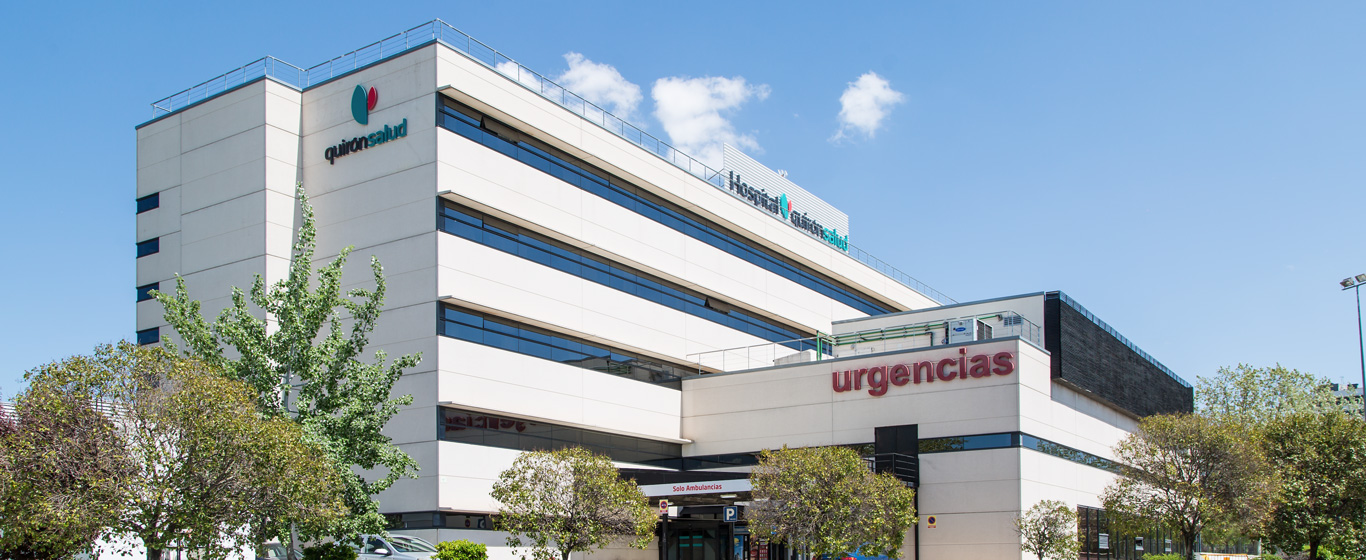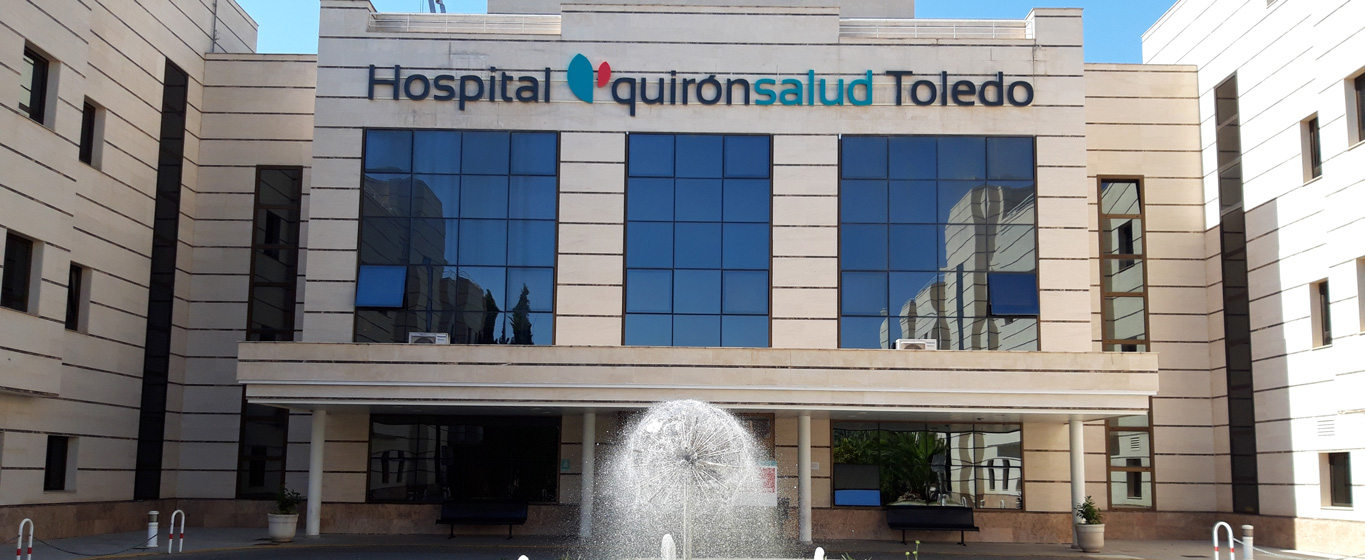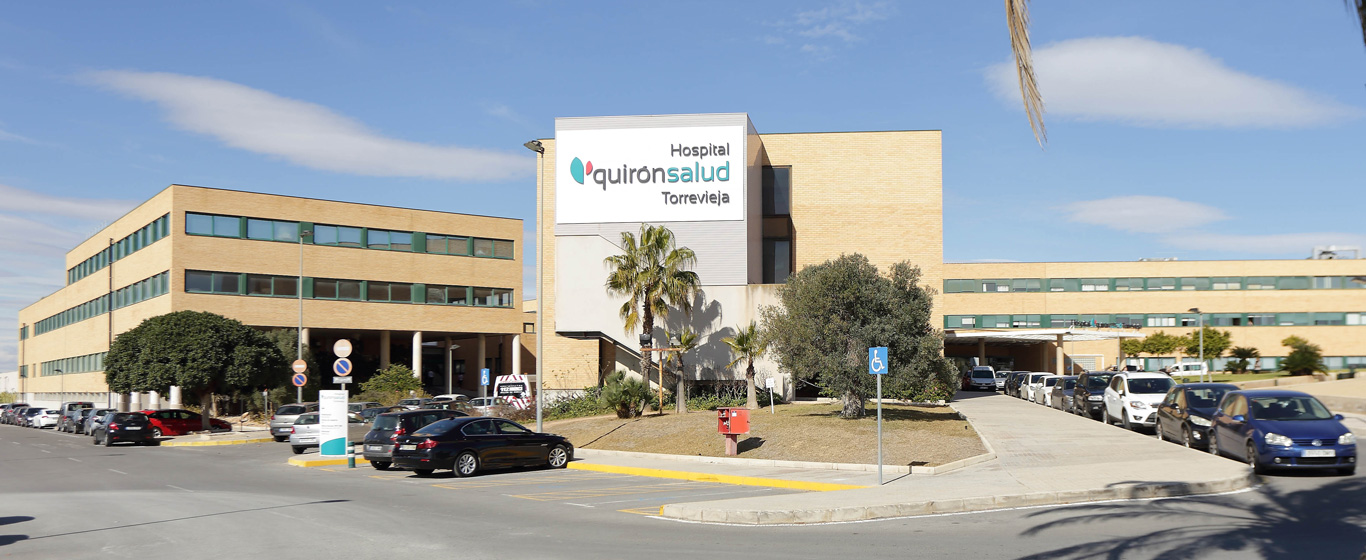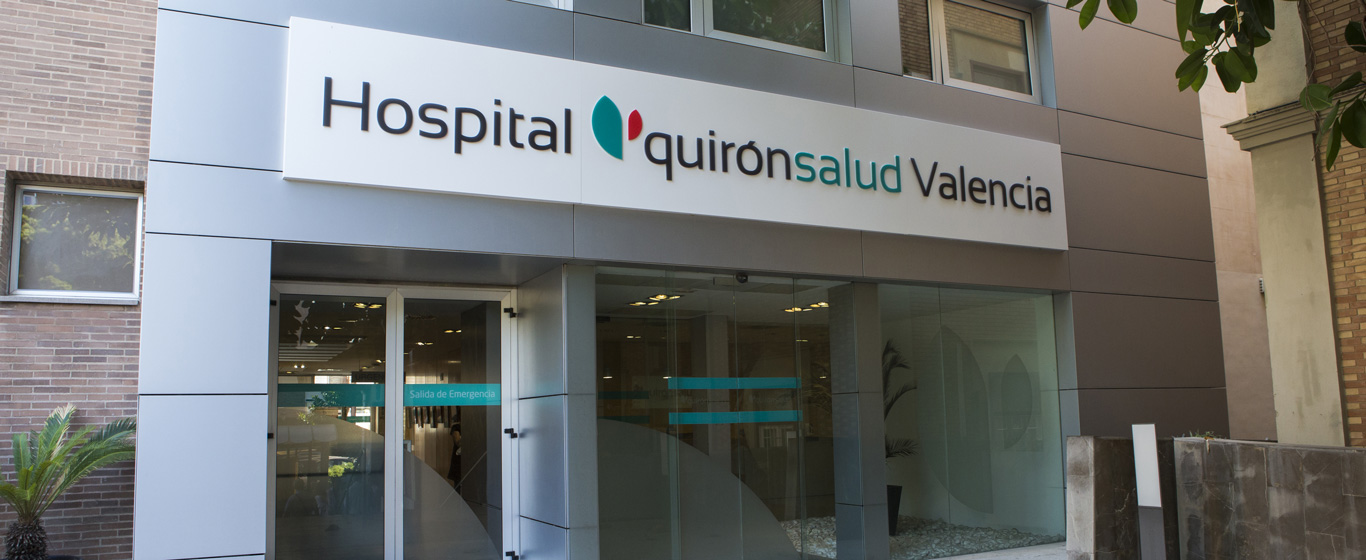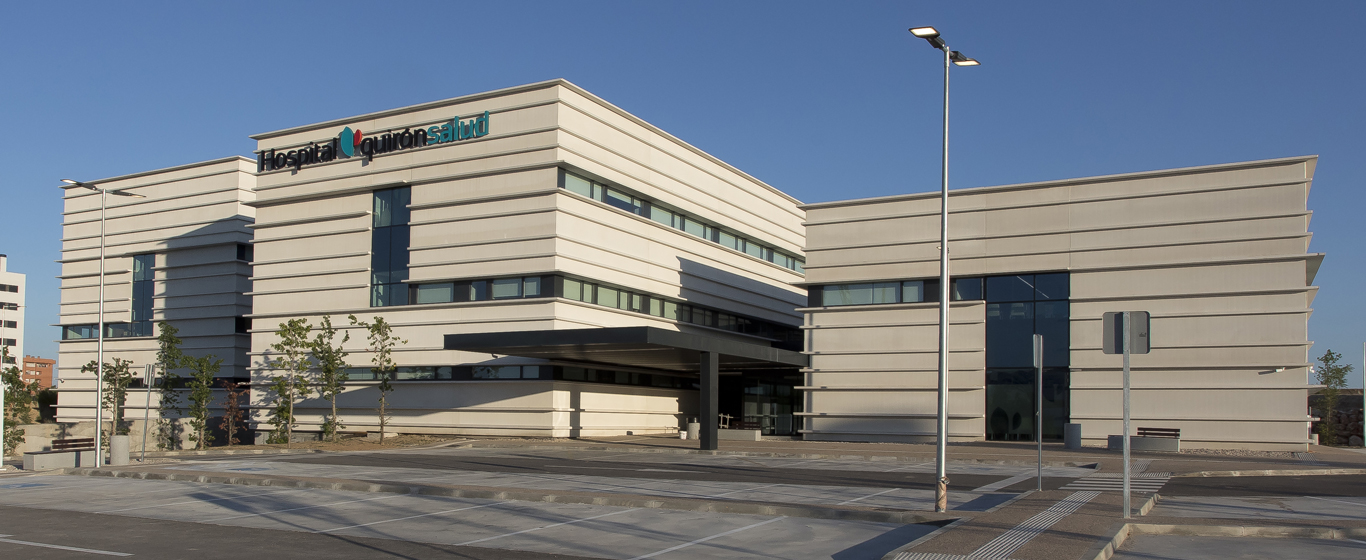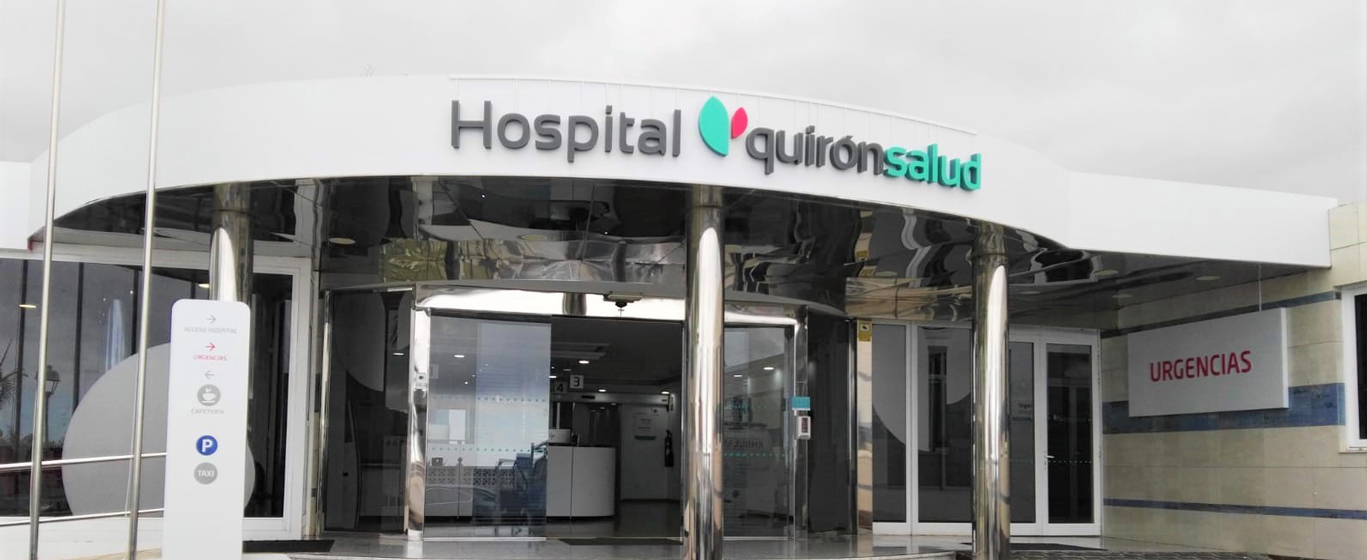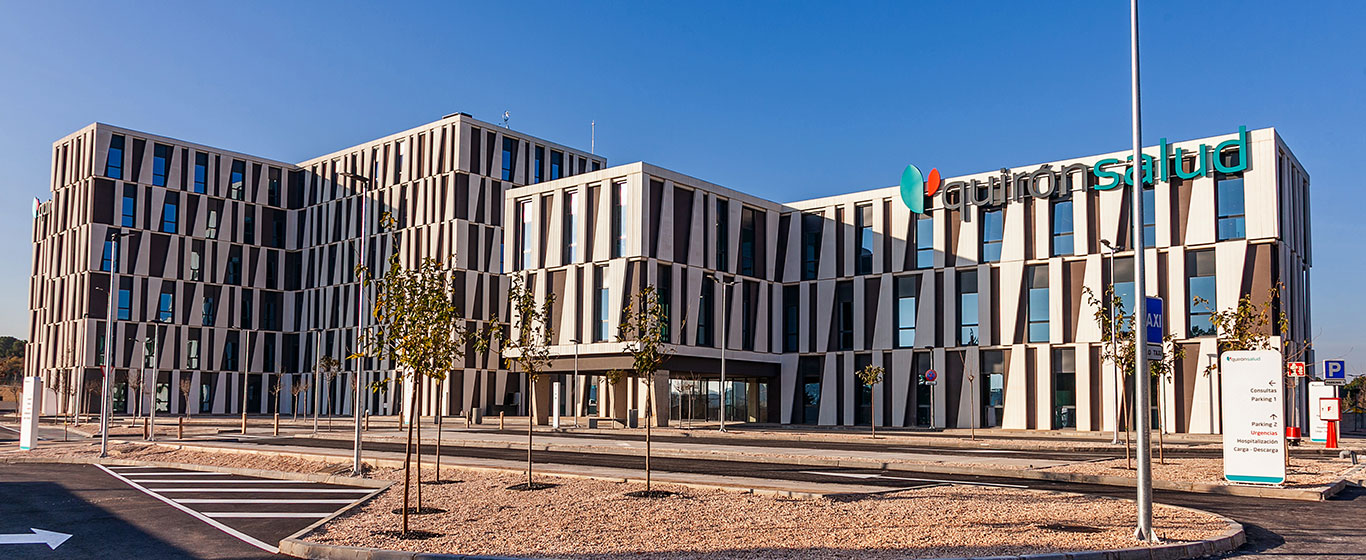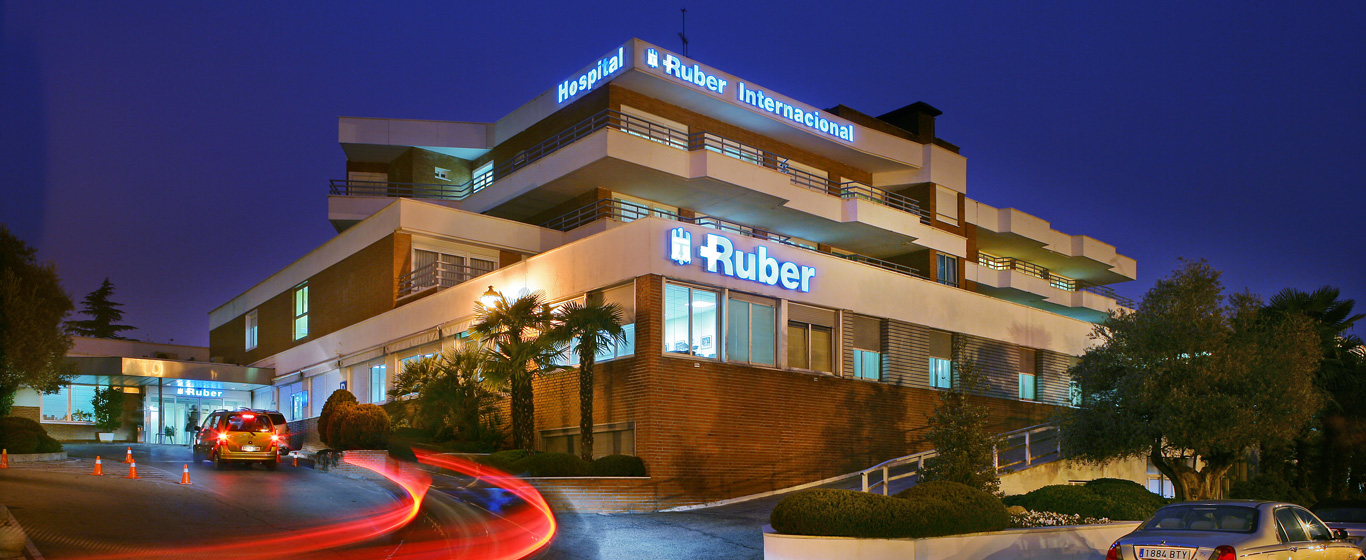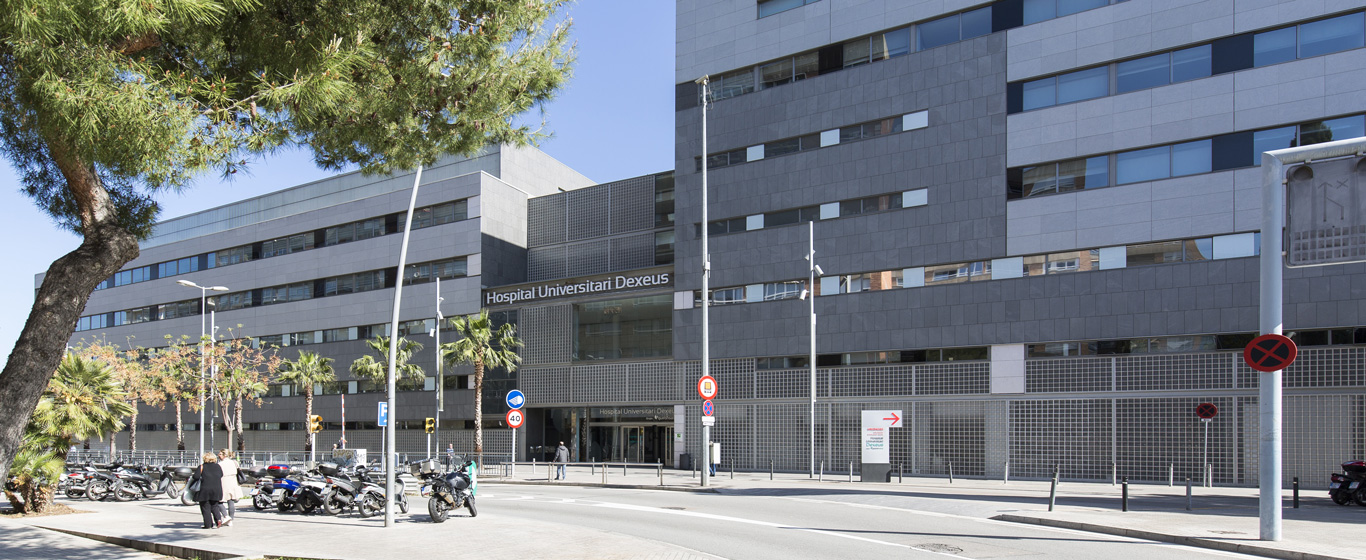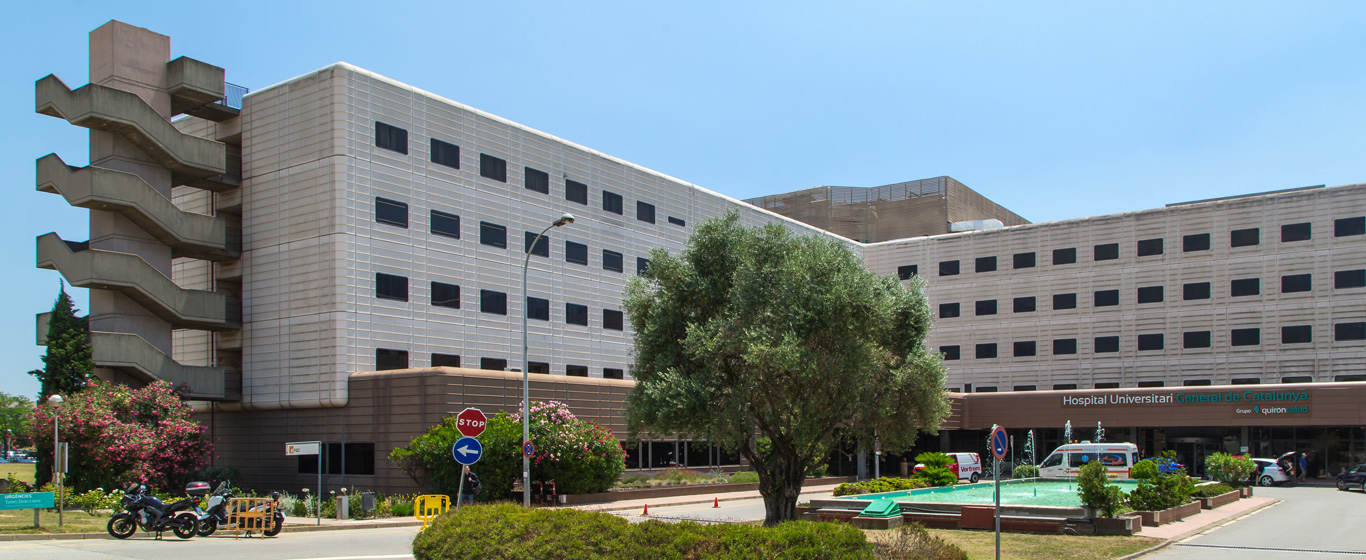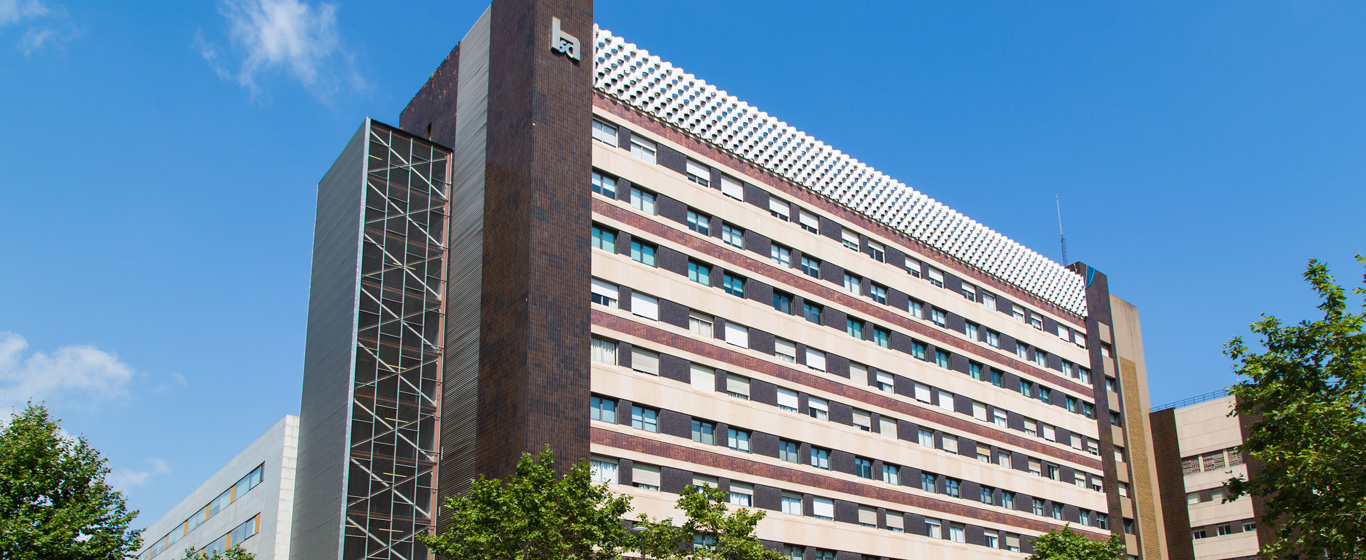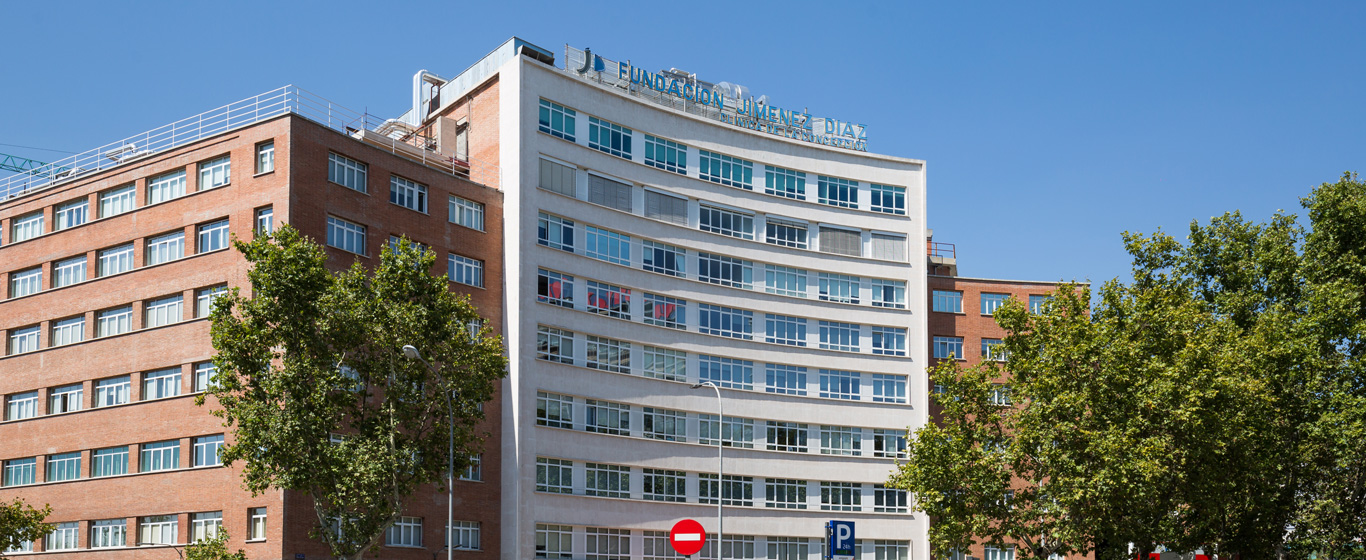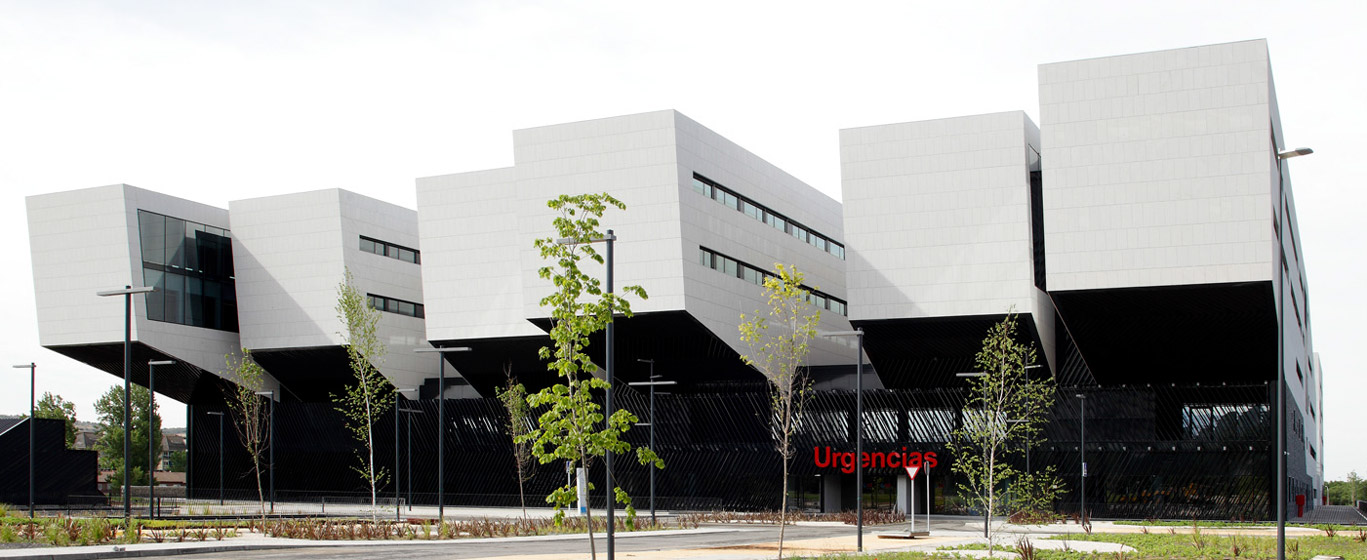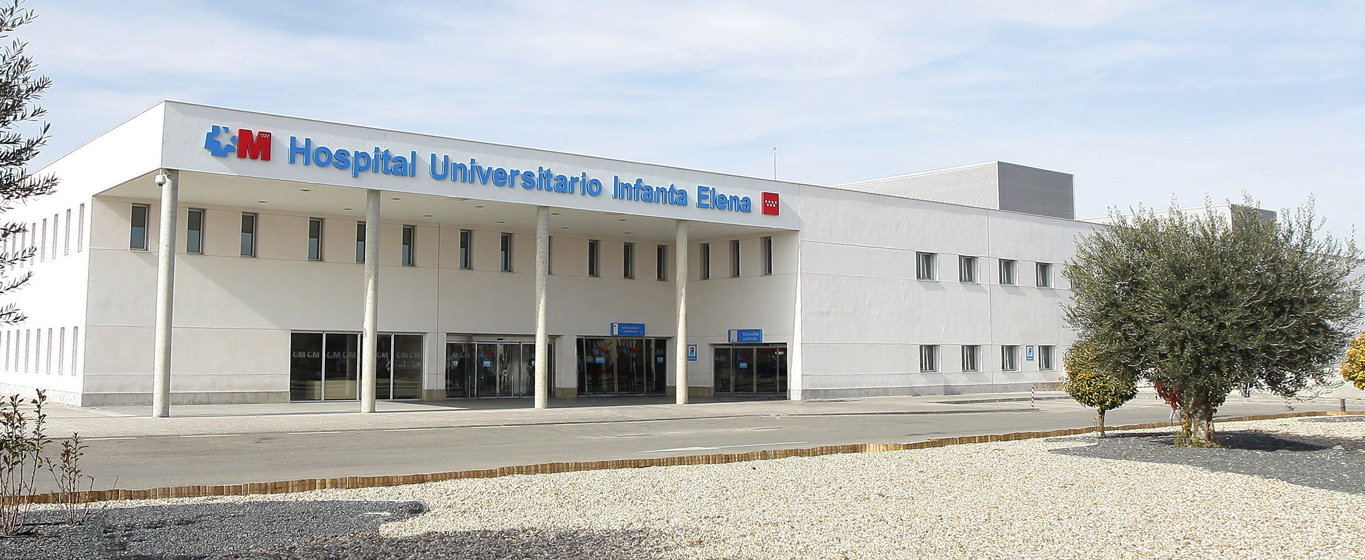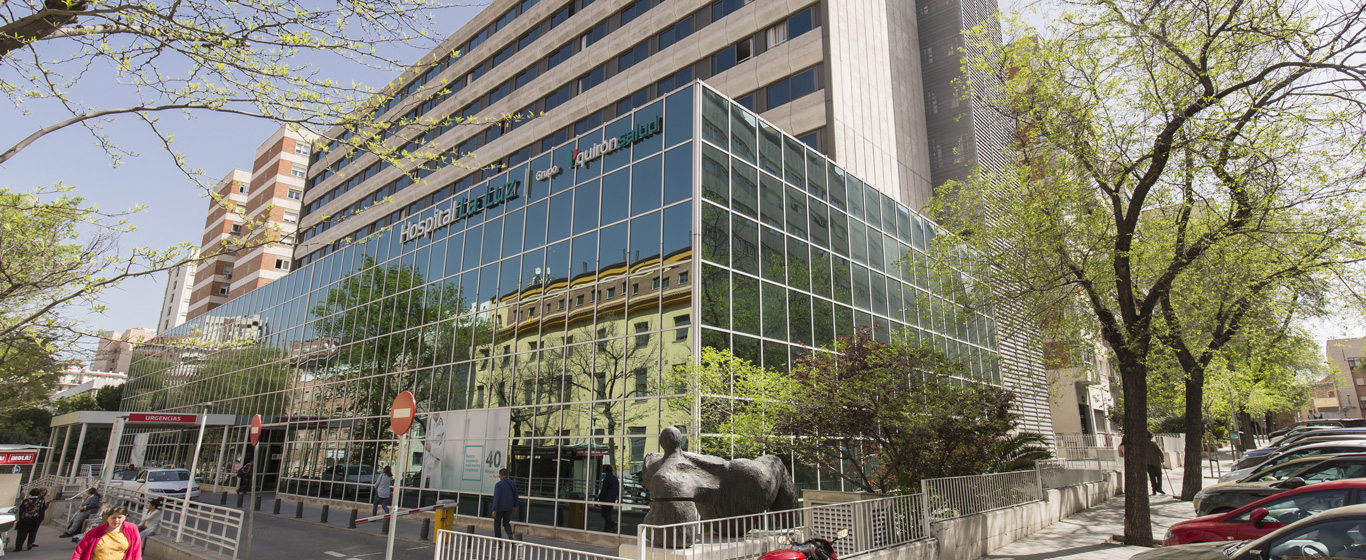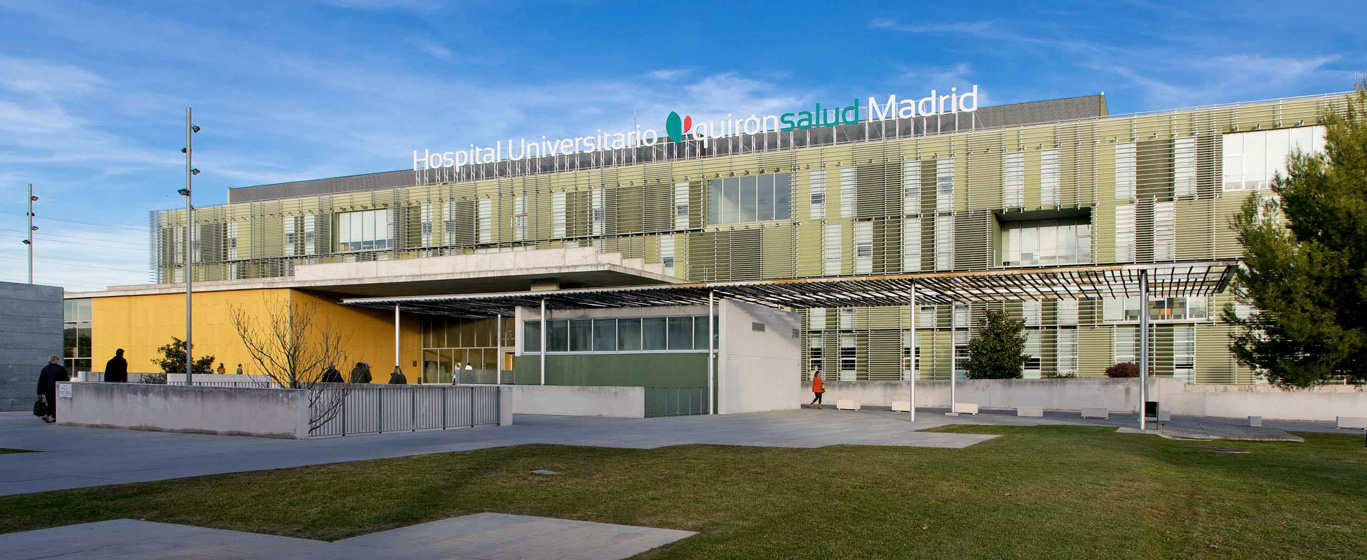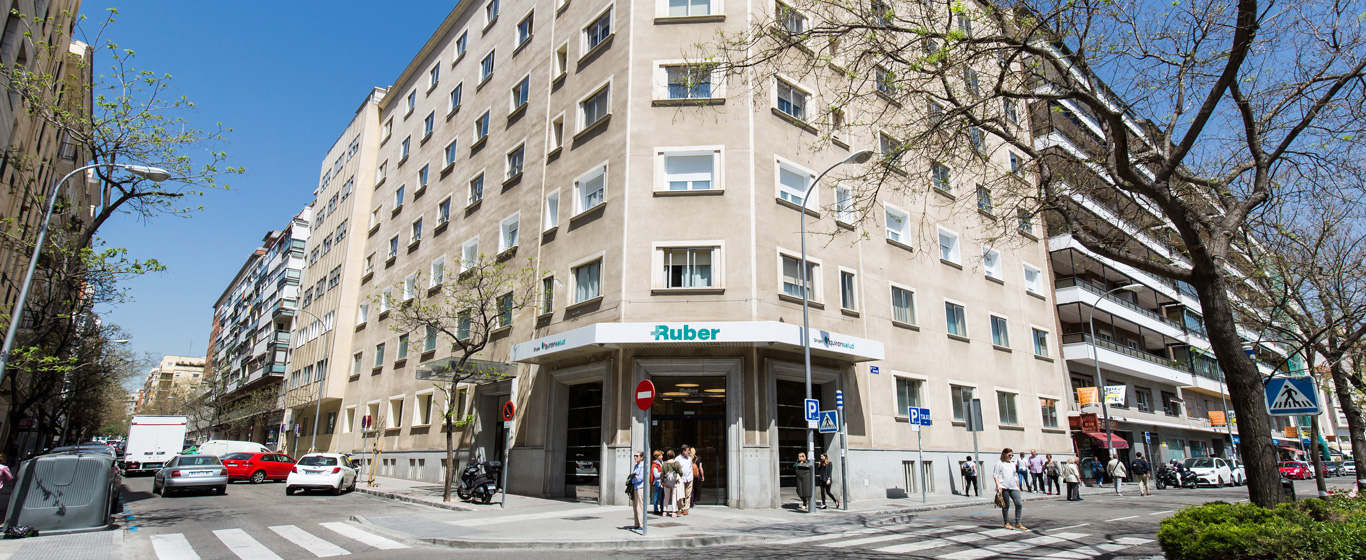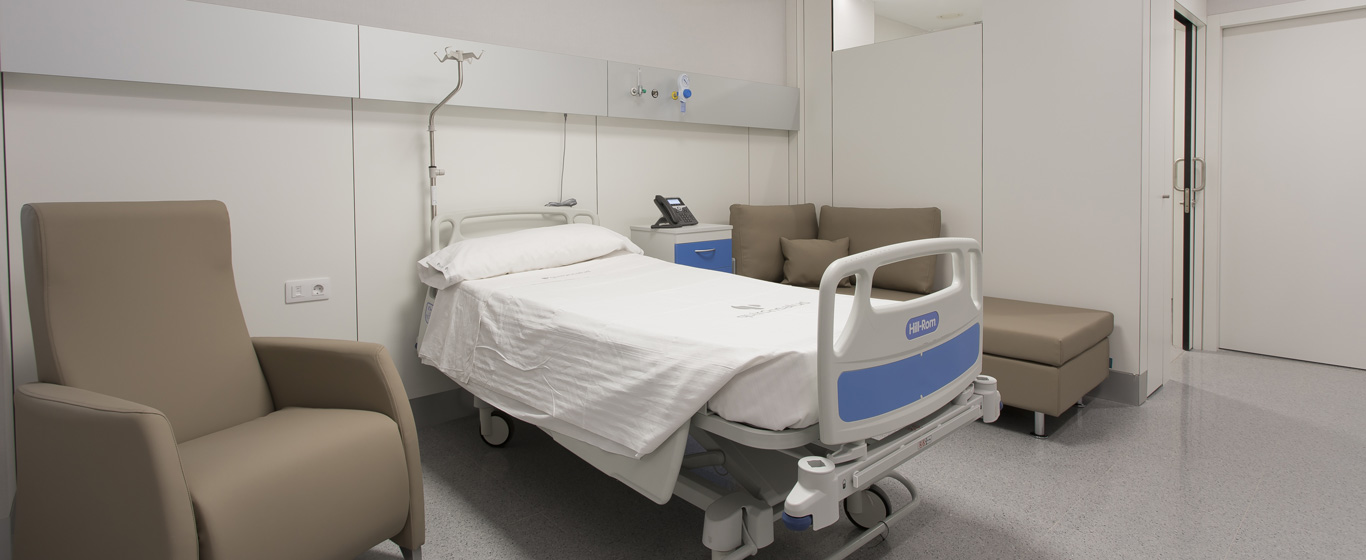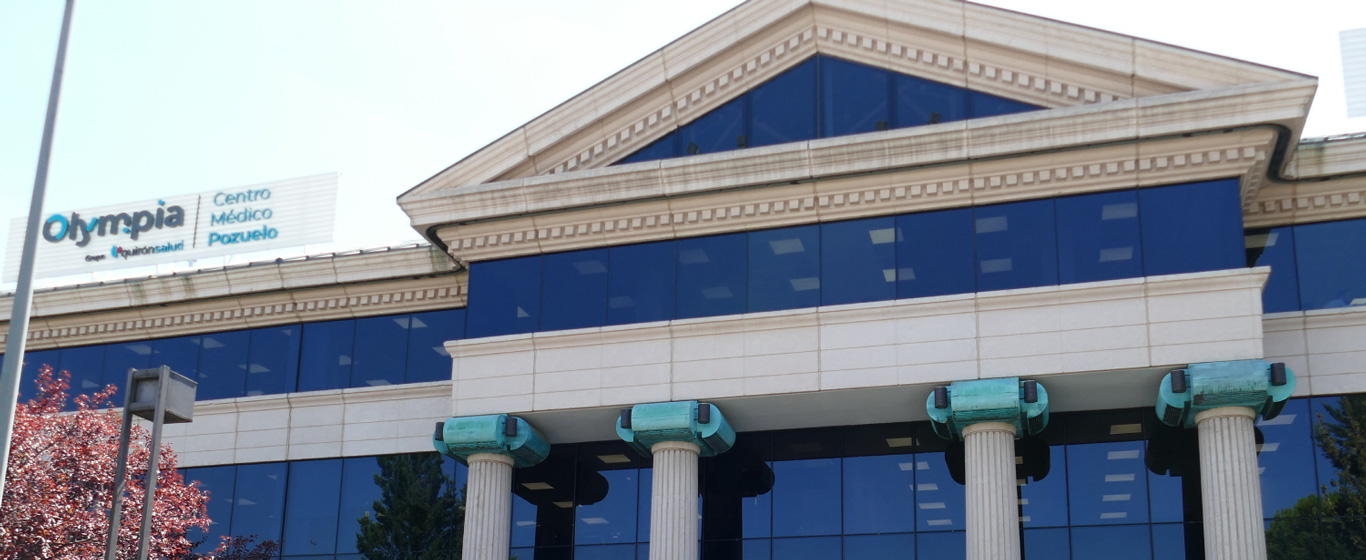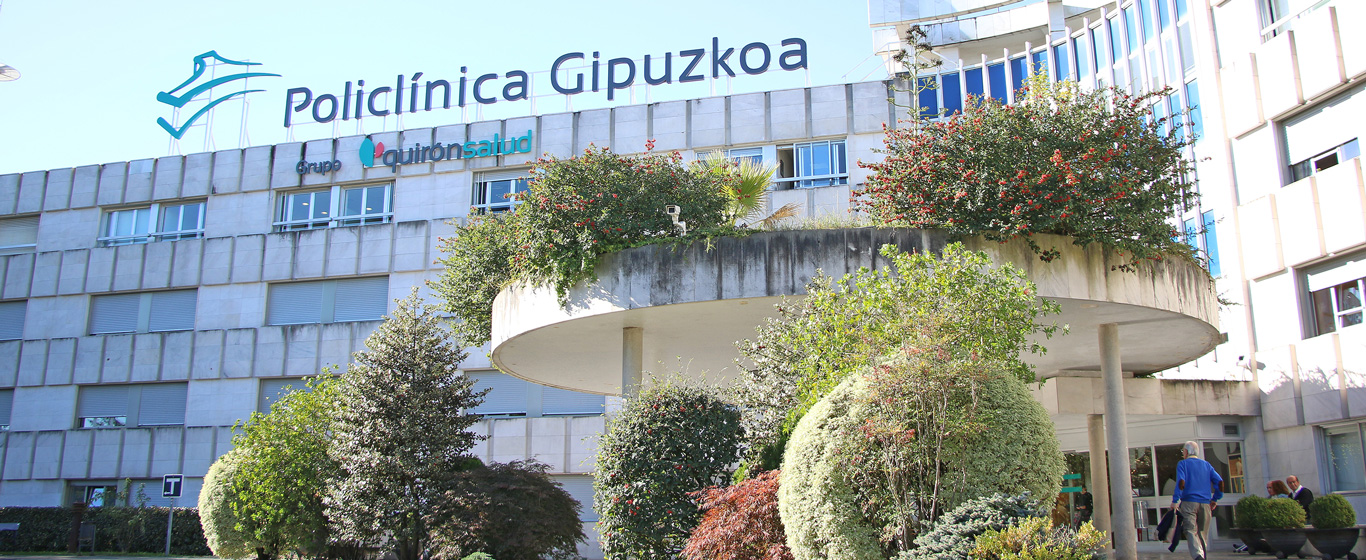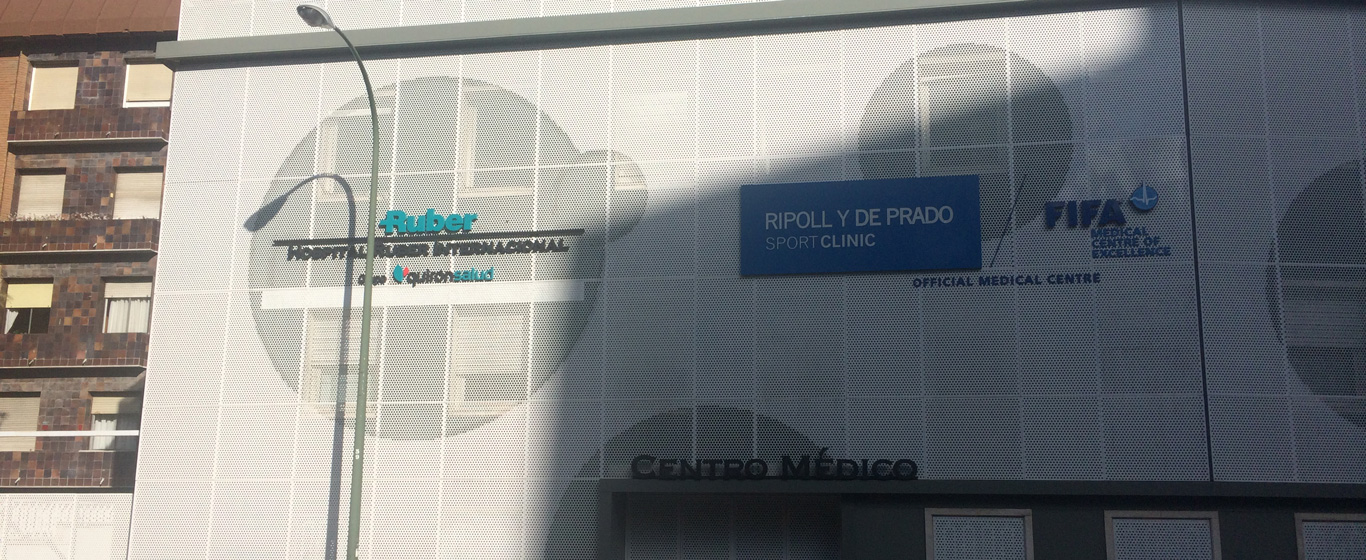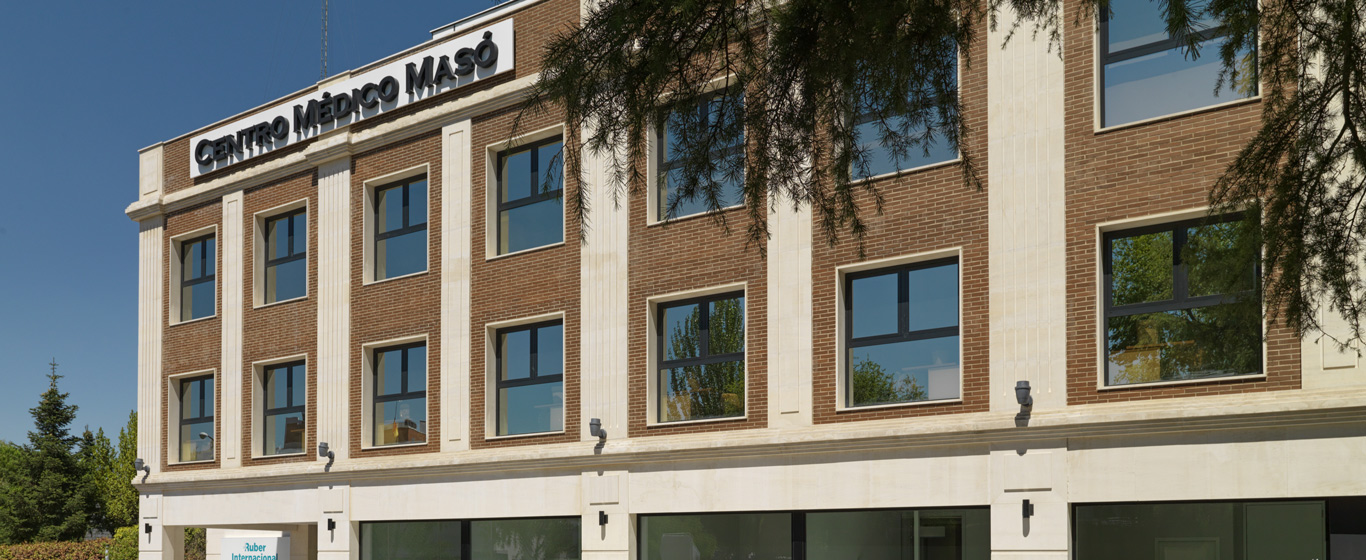Coronary Computed Tomography (CT) Scan
A coronary CT scan is a diagnostic imaging test that uses X-rays to obtain detailed images of the coronary arteries. It is a non-invasive procedure.

General Description
Coronary computed tomography (CT) is a non-invasive imaging modality used to visualize the coronary arteries. Also known as coronary CT angiography (coronary CTA), this test uses X-rays to generate cross-sectional images. Unlike conventional radiographs, X-rays are emitted from multiple angles, producing transverse slices that are reconstructed into a three-dimensional visualization of cardiac vascular structures.
Two types of coronary CTA may be performed:
- Non-contrast coronary CT scan: images are created based on differential tissue absorption of X-ray radiation, without the use of contrast agents.
- Contrast-enhanced coronary CT scan: an iodine-, barium-, or gadolinium-based contrast agent is administered, enhancing visualization of specific tissues—especially blood vessels and pathological structures such as tumors.
In addition to diagnosing cardiovascular pathologies, coronary CT is also used for surgical planning and monitoring therapeutic response.
When is it indicated?
Coronary CT angiography is primarily used to assess the condition of the coronary arteries. It is typically indicated for the diagnosis of:
- Aortic abnormalities or obstruction
- Coronary artery calcification
- Heart failure
- Ischemic heart disease
- Pericardial disease
Contraindications include pregnancy, breastfeeding, and pediatric patients, as ionizing radiation has a higher biological impact on developing tissues.
Use of contrast agents is contraindicated in patients with known hypersensitivity to contrast components, renal impairment, or thyroid disorders.
How is it performed?
The procedure for performing a coronary CT scan includes the following steps:
- Beta-blockers are administered to reduce heart rate, thereby enhancing image clarity.
- In most cases, intravenous contrast is also administered to optimize vascular visualization.
- The examination table moves the patient into the CT scanner.
- The gantry rotates around the patient to capture cardiac images from multiple angles.
- X-rays pass through the body; absorption varies depending on tissue density.
- Structures absorbing more radiation appear lighter on the resulting images, while those absorbing less appear darker.
Risks
Although exposure to ionizing radiation carries inherent risks, the dose used in coronary CT is very low. The typical radiation dose is approximately 8.7 millisieverts (mSv), equivalent to three years of natural background radiation exposure.
Allergic reactions to contrast media are uncommon and usually present as pruritus or rash. Life-threatening reactions are exceedingly rare.
What to expect during a coronary CT scan
Before the scan begins, patients are asked to sign an informed consent form and change into a hospital gown. They must also remove any remaining metallic items, such as glasses, hearing aids, or dentures.
In the imaging room, the patient lies supine on the examination table. A peripheral intravenous line—usually placed in the arm—is used to inject the contrast agent. This may cause a mild pricking sensation. Once the contrast circulates through the bloodstream, transient tachycardia and a warm sensation in the arm, chest, and genital area are commonly reported but typically resolve quickly.
As the scanner rotates around the patient, soft mechanical noises may be heard, and gentle forward–backward movements of the table may be felt.
The scan typically lasts 20 to 30 minutes, during which the patient must remain as still as possible to avoid motion artifacts in the images.
Medical specialties that request coronary CT scans
Coronary CT is performed by radiologists at the request of specialists in cardiology and cardiothoracic surgery.
How to prepare
Patients are prescribed beta-blockers to reduce heart rate as per physician instructions.
It is advisable to wear comfortable clothing that is easy to remove on the day of the coronary CTA. Metallic objects should be left at home, as they are not permitted in the radiology suite. Since some cosmetics contain metallic particles, it is also recommended to avoid makeup.
When contrast is used, patients must fast for several hours prior to the procedure.




